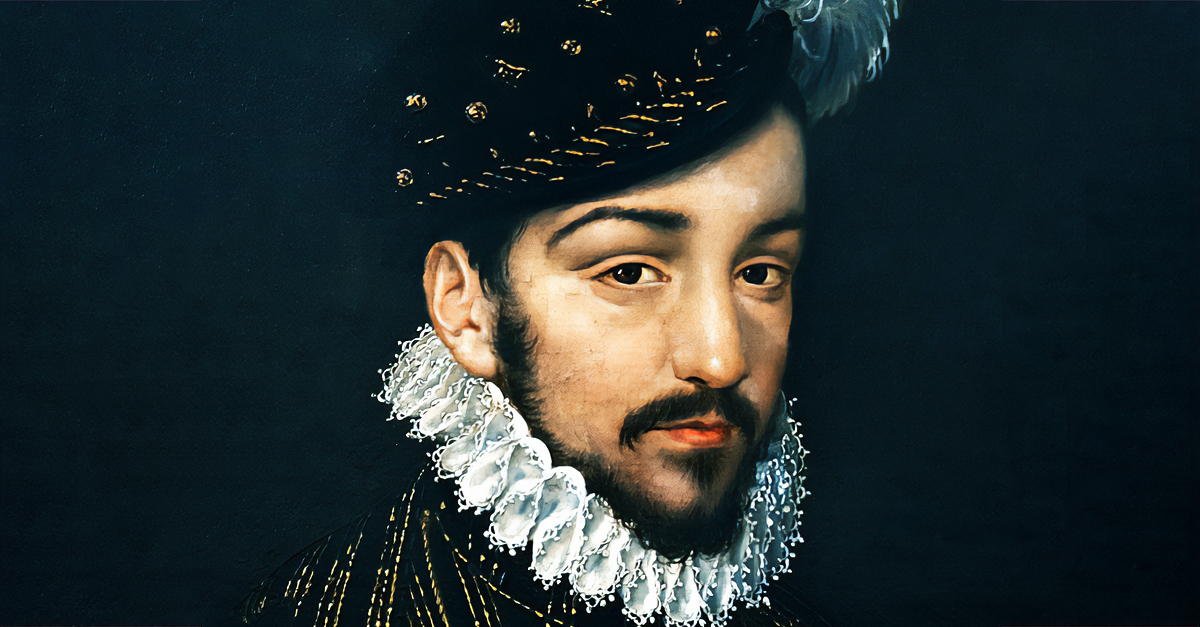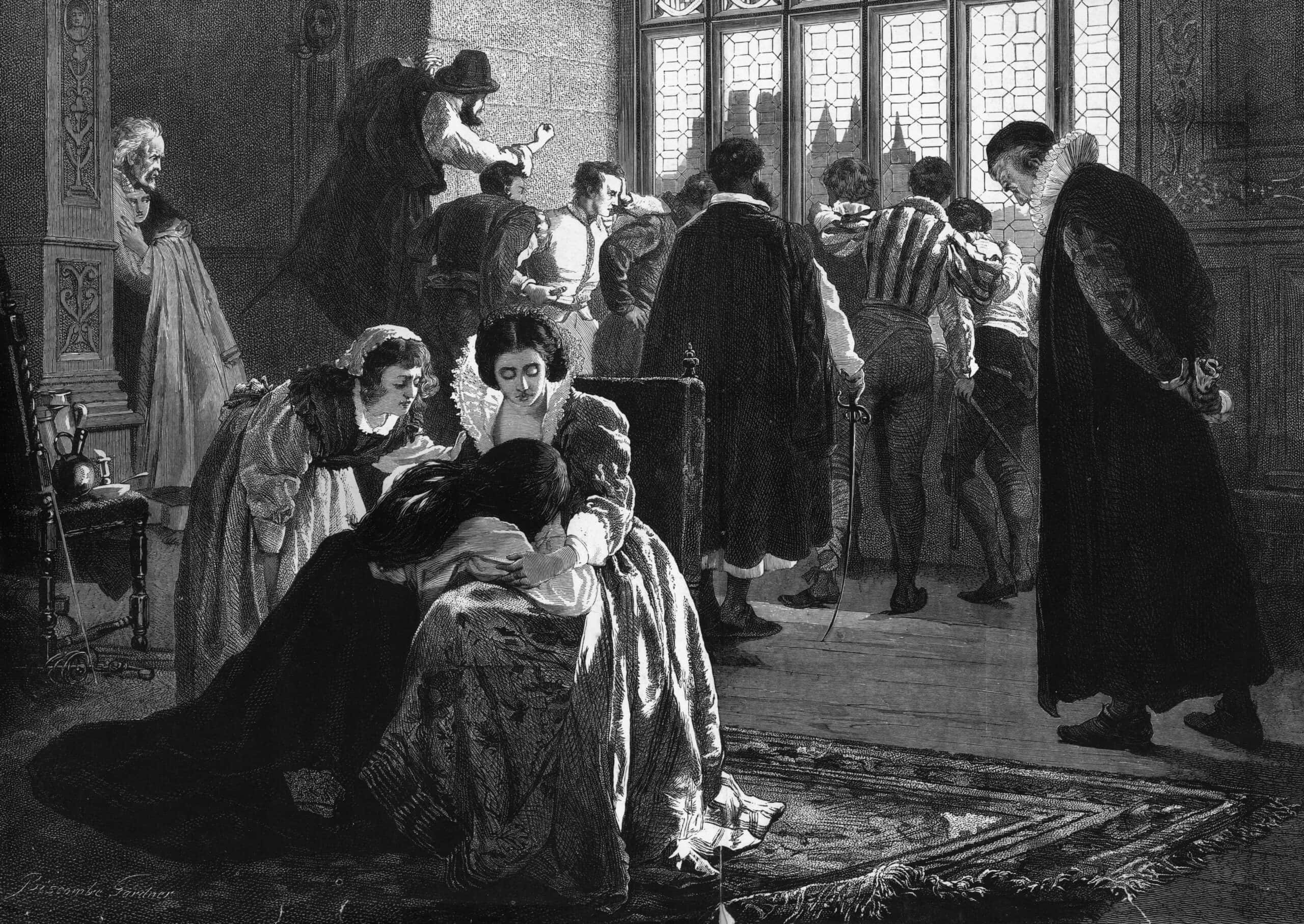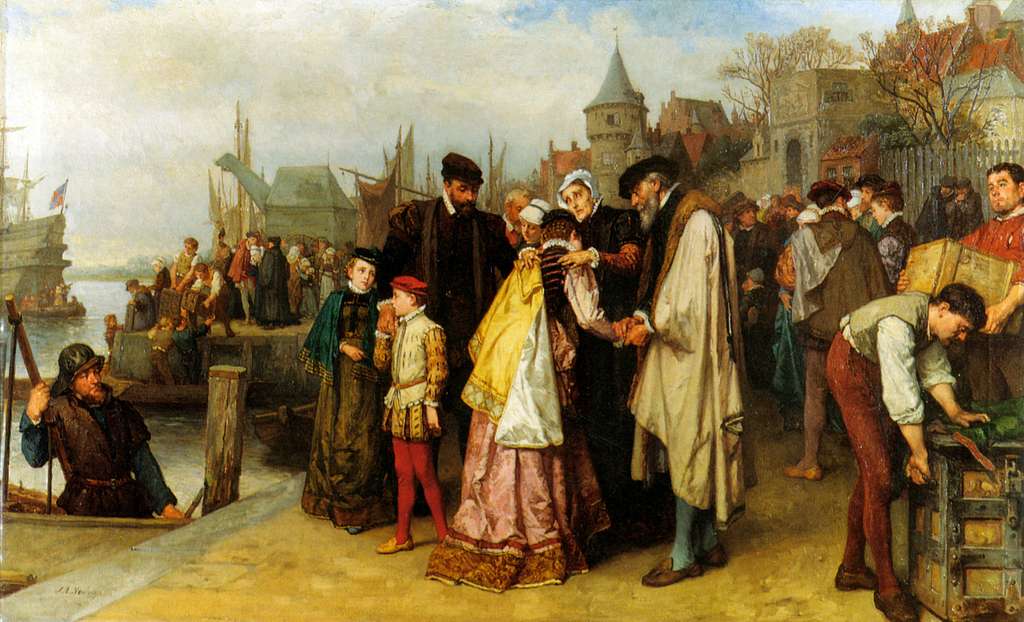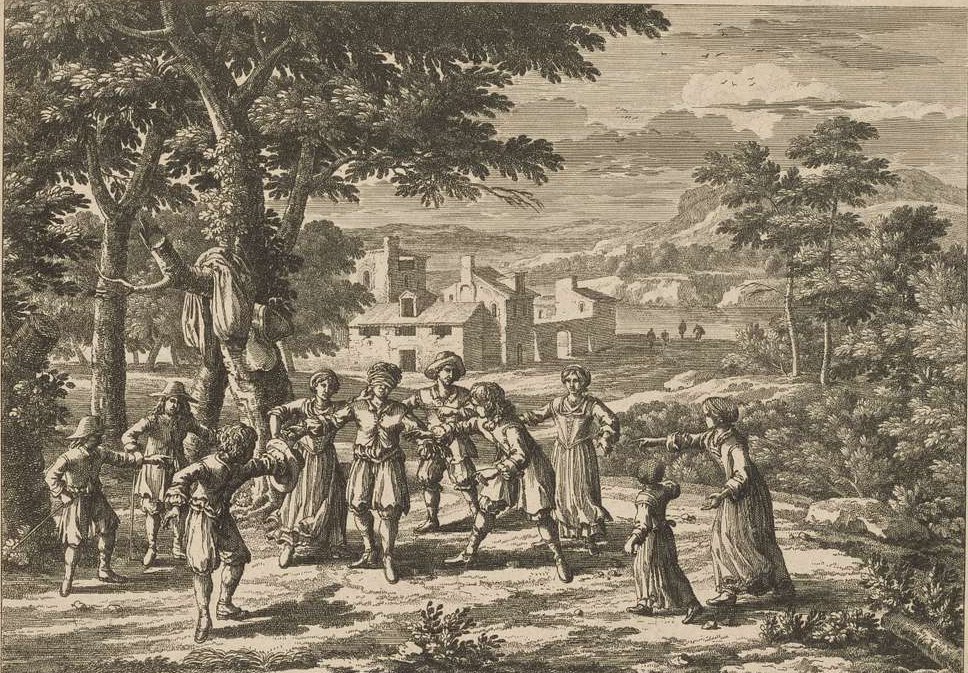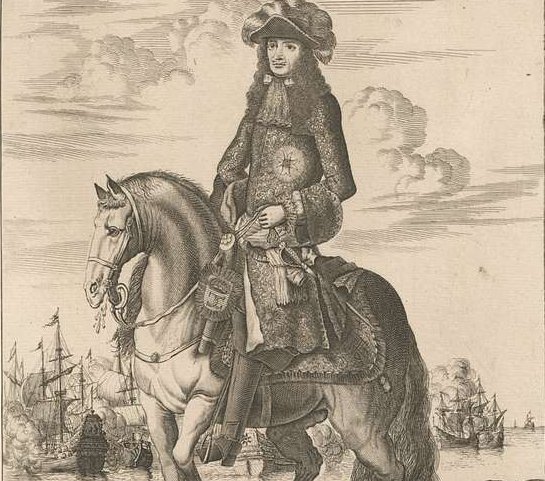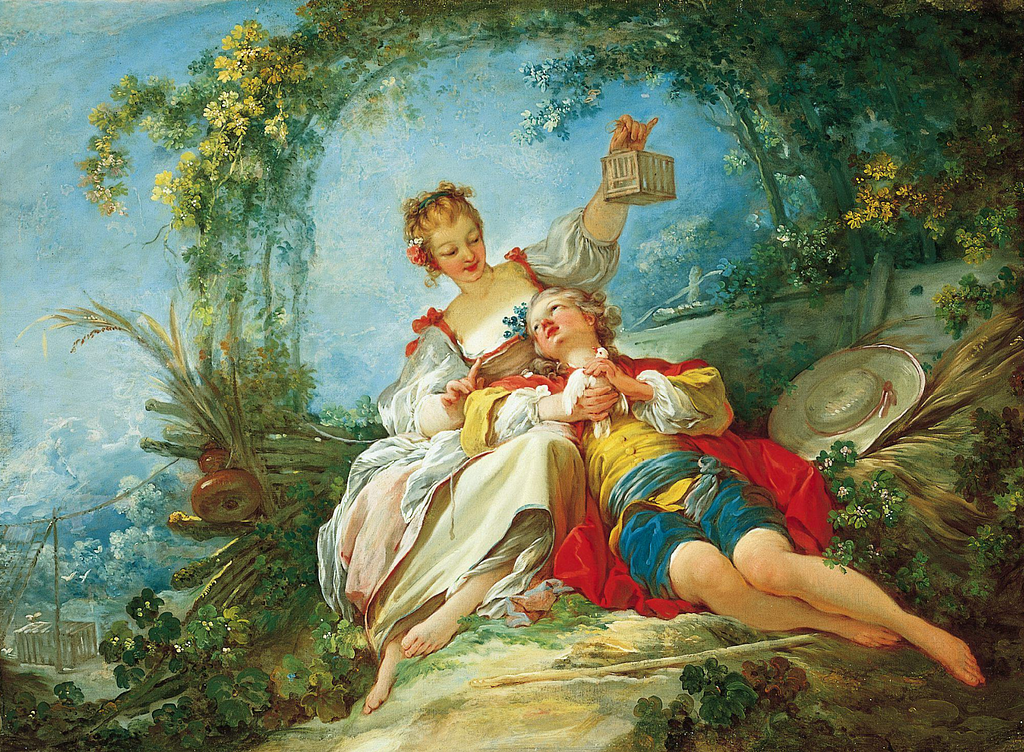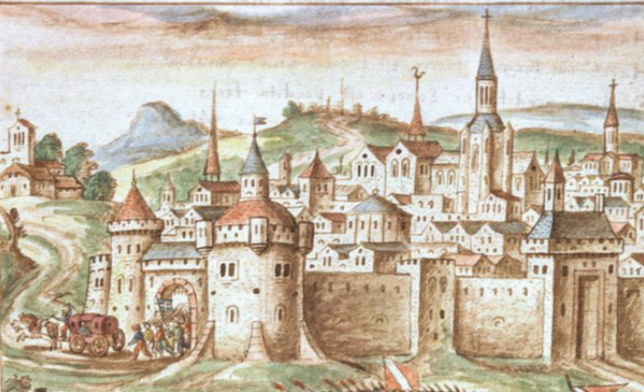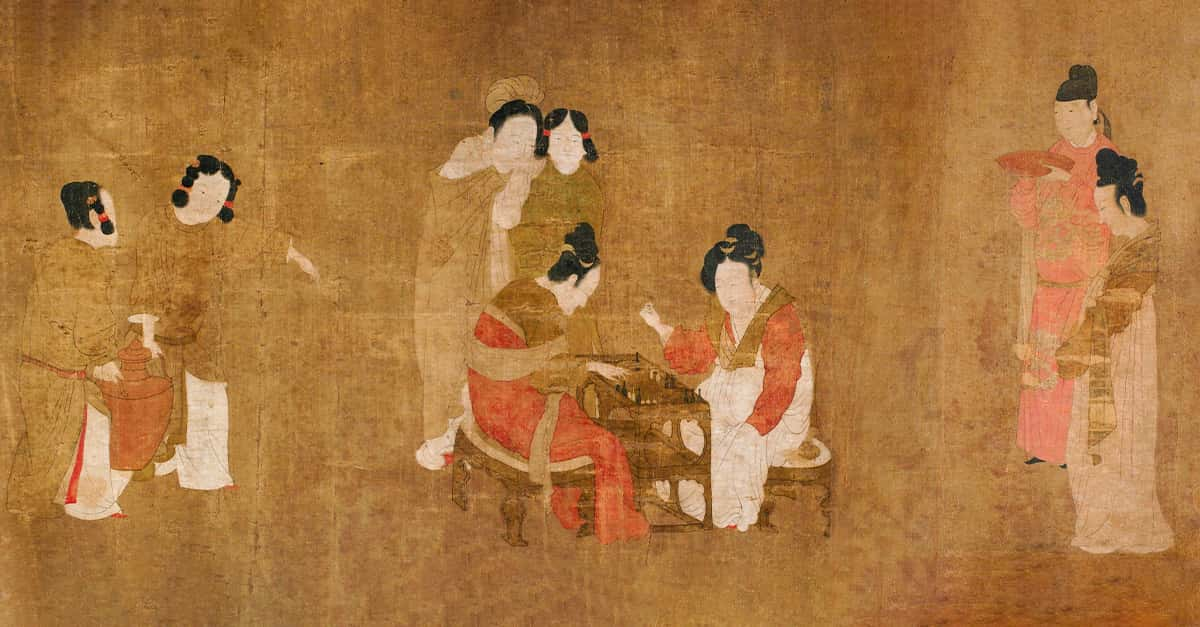It was a twist of fate that made Charles IX the child king of France, but it was his own horrible decision that caused it all to come tumbling down around him.
1. He Was Too Young To Be King
Becoming a king at the age of 11 would be too much for most young boys. Well, try doing it when there’s a raging battle between two religions in your country. All around young King Charles IX were Protestants who wanted to end his life, and self serving Catholics with some of the worst advice ever.
When Charles finally did make a decision, it led to country-wide carnage that would haunt him for the rest of his short life.
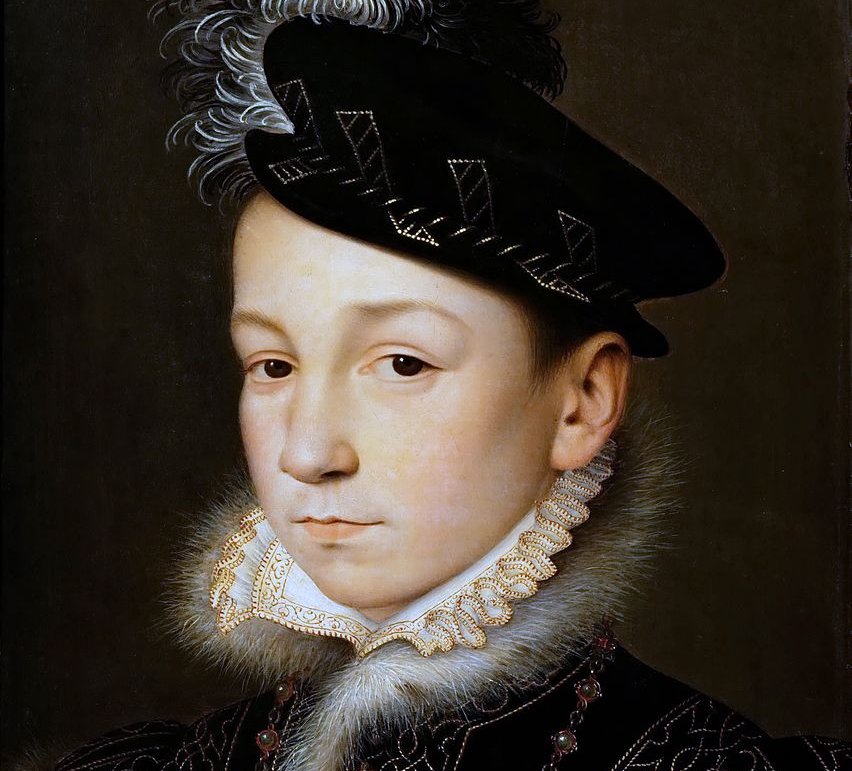 François Clouet, Wikimedia Commons
François Clouet, Wikimedia Commons
2. He Was Born Into Privilege
Charles Maximilien was born on June 27, 1550 into a very privileged life. His first home was a palace called Chateau de Saint-Germain-en-Laye. This impressive building is now France’s National Museum of Archeology. Back then it was home to Charles, his nine brothers and sisters, and his parents, who happened to be King and Queen of France.
But tragedy was not far behind his birth.
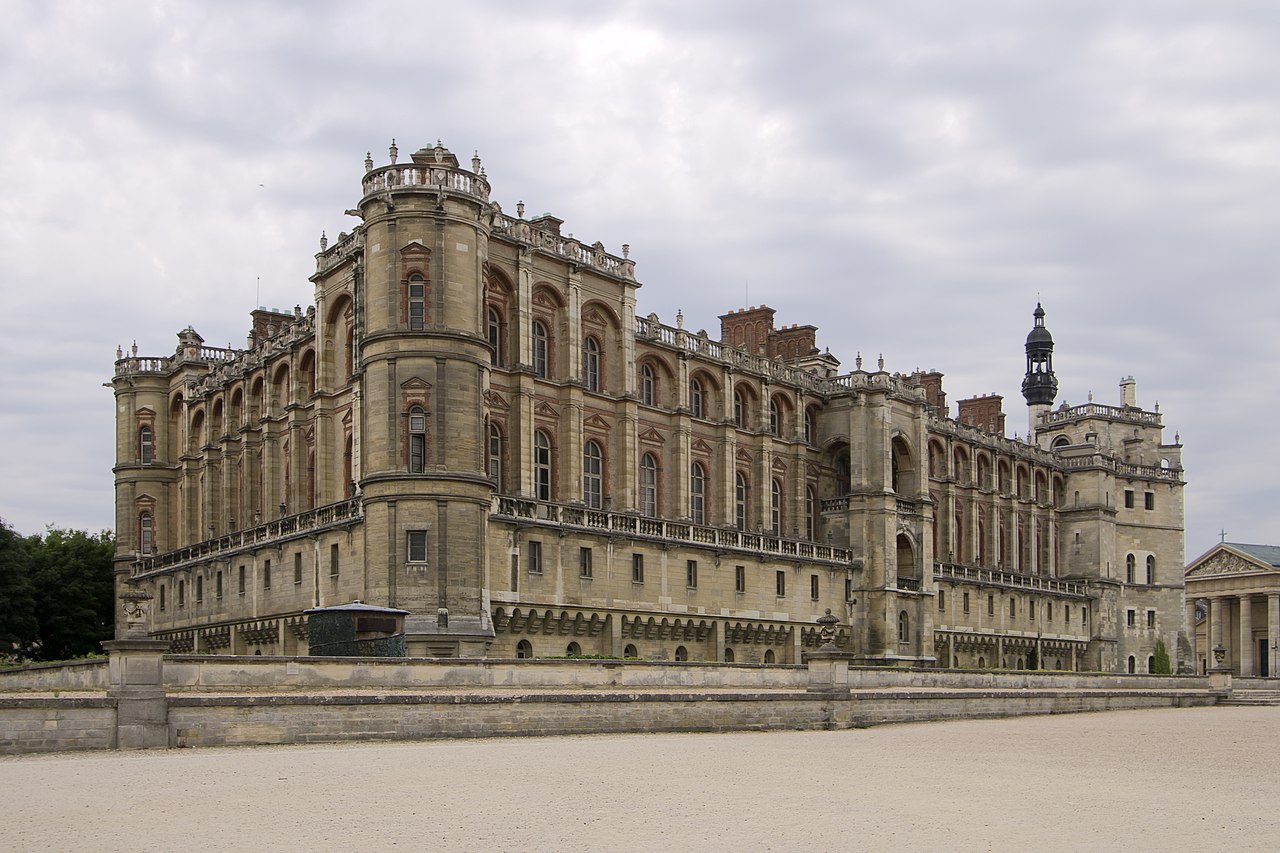 EXistenZ, CC BY-SA 3.0, Wikimedia Commons
EXistenZ, CC BY-SA 3.0, Wikimedia Commons
3. He Faced An Early Tragedy
Charles’ older brother Louis was just a year and a half older than him. It’s not clear exactly when or why it happened, but around the same time Charles was born, Louis suddenly passed. Charles was an infant and couldn’t exactly mourn the loss of his brother, but it did affect him.
You see, with Louis out of the picture, Charles became the Duke of Orleans. Sadly, tragedy was not through with this family yet.
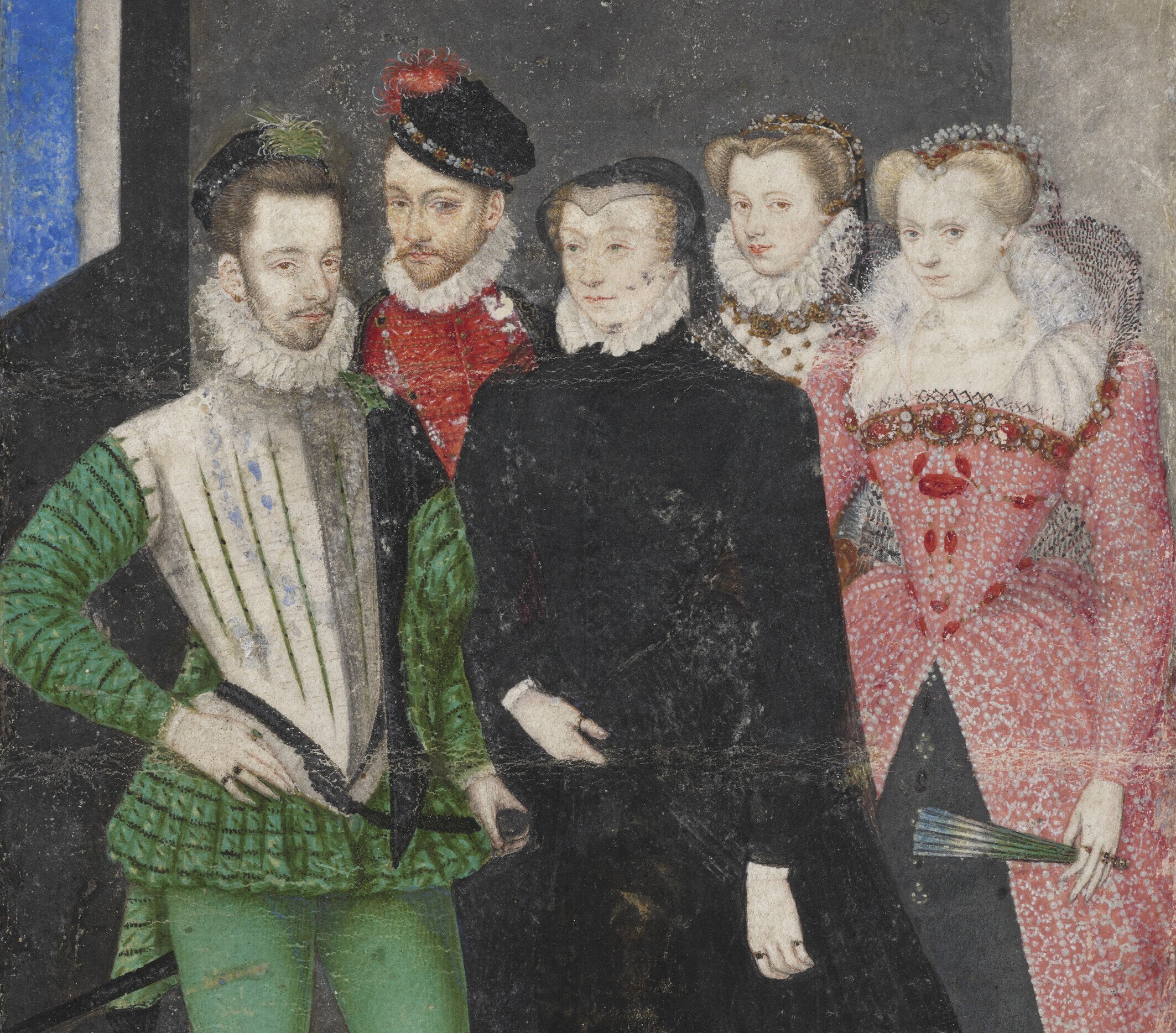 Jean de Court, Wikimedia Commons
Jean de Court, Wikimedia Commons
4. There Was An Accident
In 1559, Charles’ Father, King Henry II, participated in a royal jousting tournament to celebrate making peace with his enemy. Then things went horribly wrong. During the joust, his competitor’s lance burst through the King’s visor and went right into his eye. While the doctors sat by and watched—they had no idea what to do—King Henry’s infection worsened and, ten days after the incident, he passed.
France was suddenly without a king, and the people nervously looked to Charles’ family for a replacement.
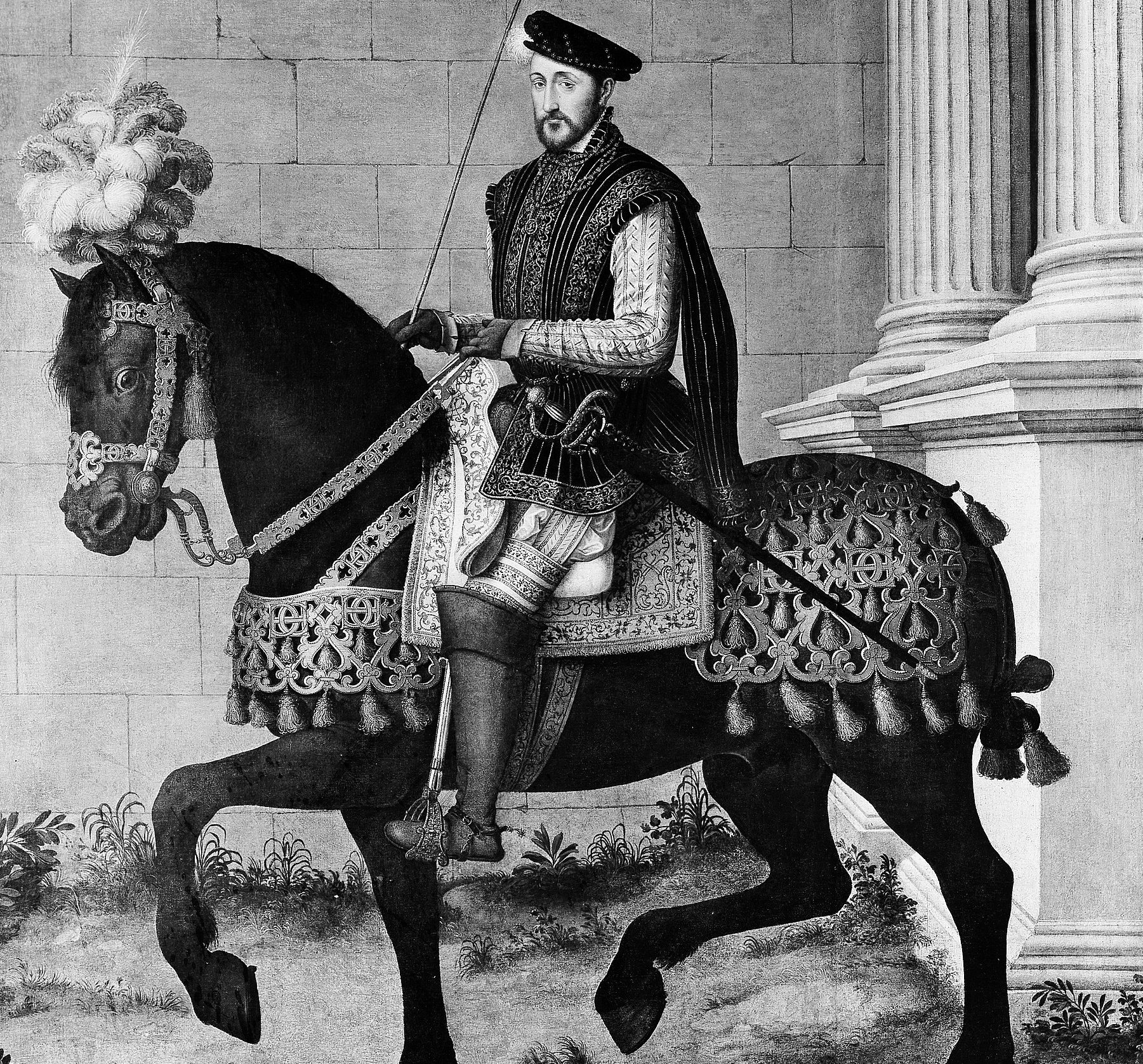 François Clouet, CC0, Wikimedia Commons
François Clouet, CC0, Wikimedia Commons
5. He Was The Harry
The thing was, Charles’ older brother Francis II was still only a teenager, but there was no one else who could step up and become king. But it got off to a bad start. When they put the crown on his head, young Francis's neck couldn't even support it, so the nobles around him had to hold it in place.
Since his brother was so young, it looked like Charles would be second banana for a long time to come. But these were the middle ages and anything could happen.
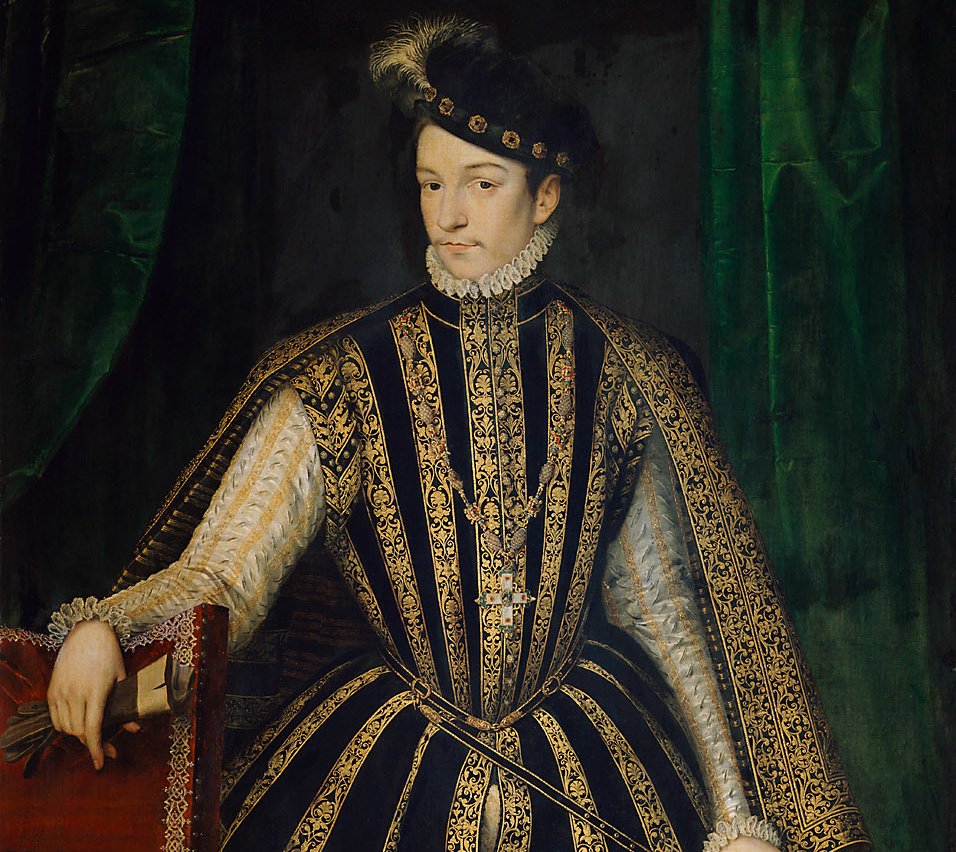 François Clouet, Wikimedia Commons
François Clouet, Wikimedia Commons
6. There Were Tensions
Unfortunately for Francis, it was not great moment to be the King of France. There were horrible tensions between Catholics and Protestants, who became known as the Huguenots. The Huguenots were virulently against a Catholic king, and they had already attempted to kidnap Francis II once.
This abduction attempt led to a very bloody reprisal.
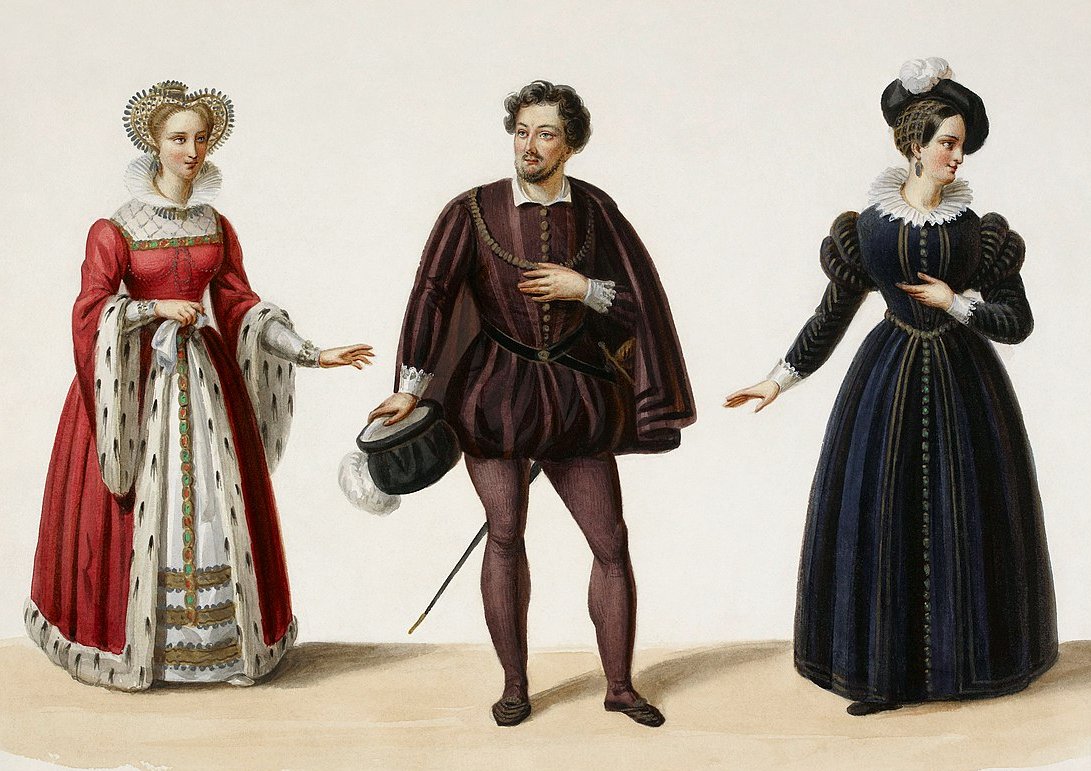 Eugène Du Faget, Wikimedia Commons
Eugène Du Faget, Wikimedia Commons
7. He Would Be Next
Charles was still a young boy, but all this feuding would certainly have an affect on his upbringing. After all, he’d come dangerously close to losing his own brother. Charles also saw the Catholic leaders take their brutal revenge and heartlessly executed hundreds of Huguenots in response.
This was not a safe world for young Charles. And even worse, if anything happened to his brother, the powder keg that was France was going to be his problem.
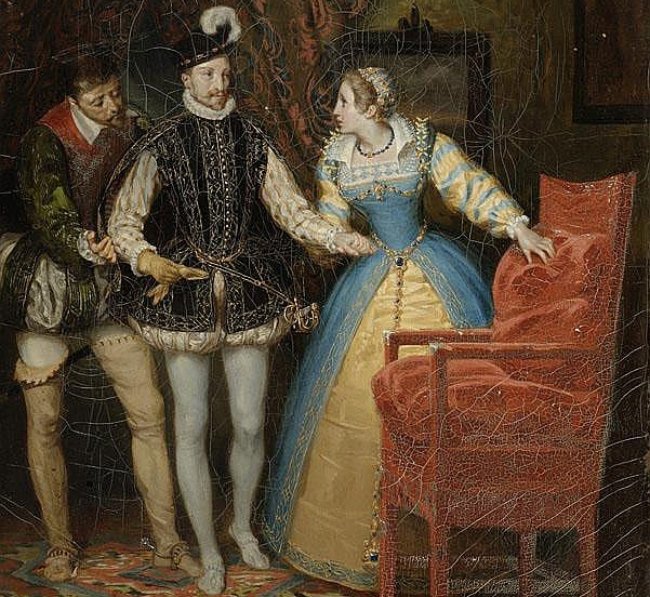 Unknown Artist, Wikimedia Commons
Unknown Artist, Wikimedia Commons
8. It Was Suspicious
Francis II didn't last long. After just 17 months as king, he suddenly fainted and never woke up. The official word was that it was an ear infection that got him, but dark rumors immediately started swirling. The Huguenots had already tried to abduct him—what was to stop them from trying to go a step further?
For this reason, when a 10-year-old Charles stepped up to be king, his life was already in jeopardy.
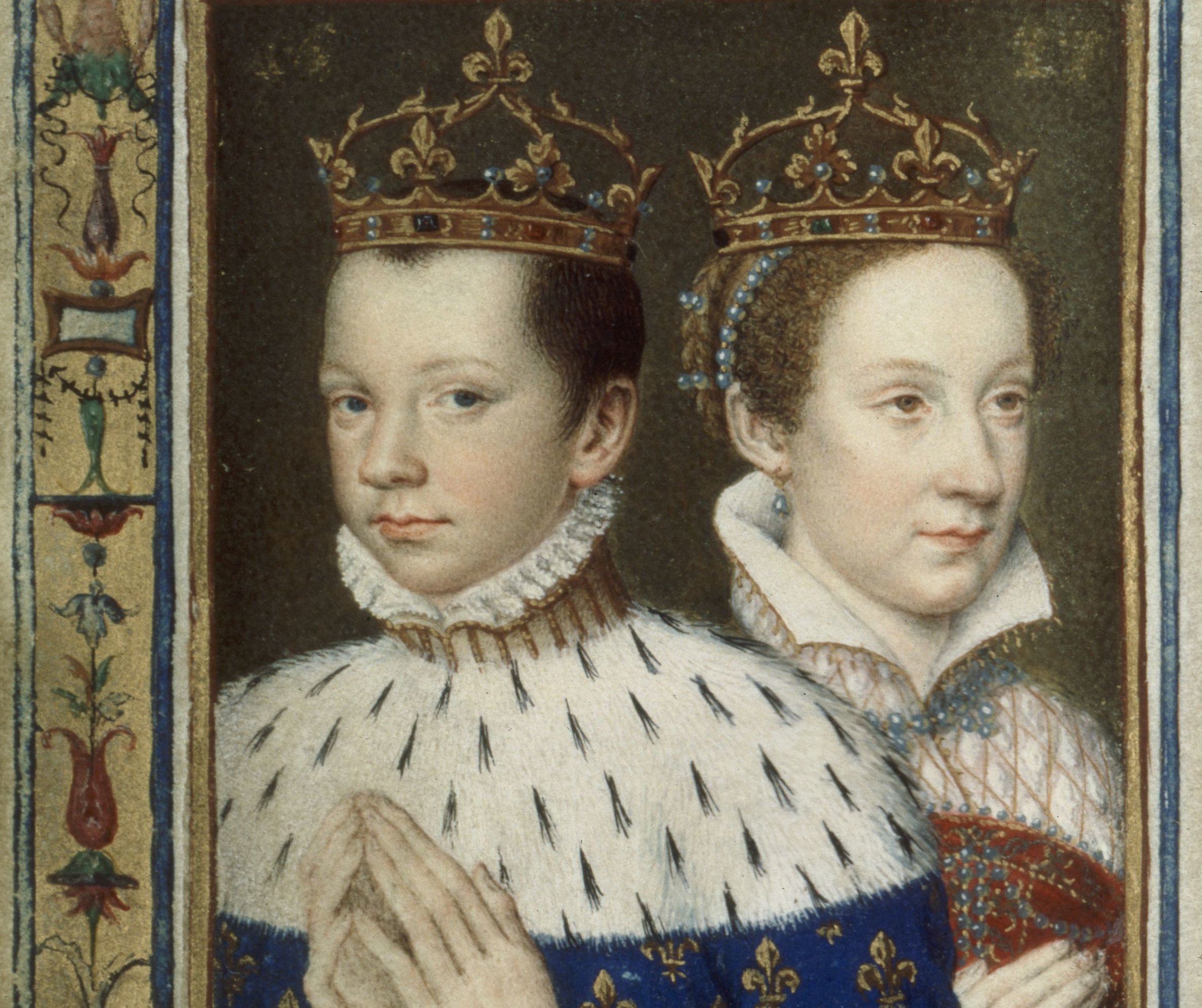 François Clouet, Wikimedia Commons
François Clouet, Wikimedia Commons
9. He Was A Young King
While his brother had been old enough to reign as a teenager (if barely), 10-year-old Charles was not. His mother, the infamous Catherine de' Medici, immediately became Governor of France, and she would wield all the power until Charles was old enough to take over. But that didn’t mean he couldn’t receive the crown.
On May 15, 1561 France crowned King Charles IX their king. He was only 11 years old—and he was surrounded by snakes.
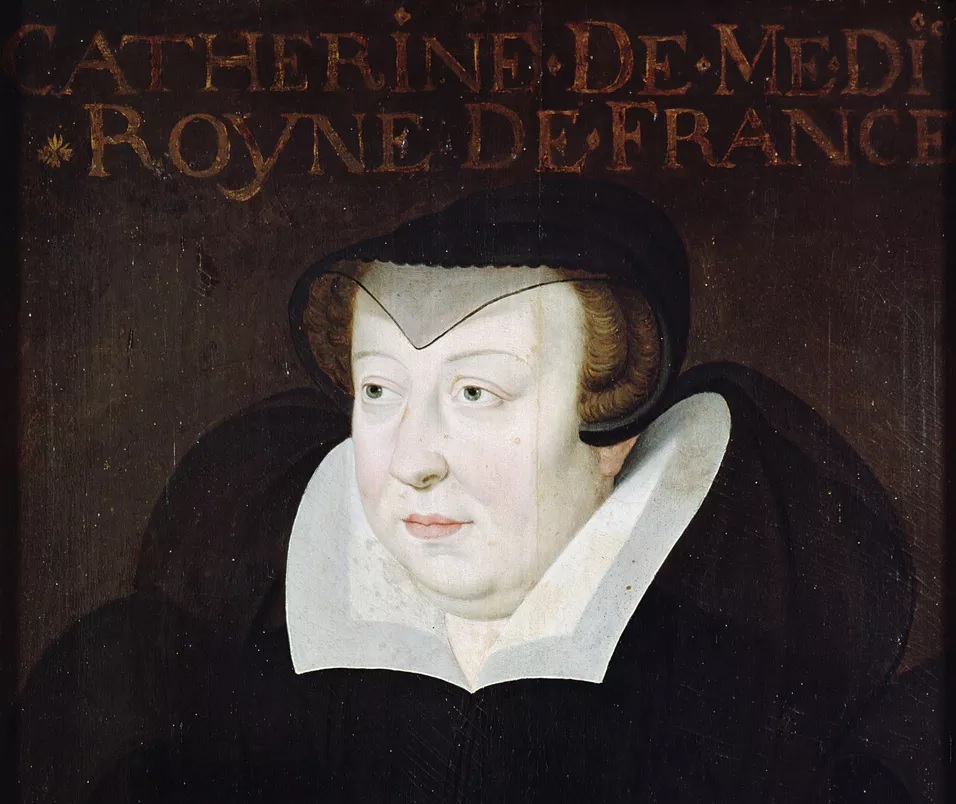 Unknown Artist, Wikimedia Commons
Unknown Artist, Wikimedia Commons

History's most fascinating stories and darkest secrets, delivered to your inbox daily.
10. She Tried To Keep Him Safe
The Catholic faction that had executed so many Huguenots after the plot to kidnap Francis were led by the Guise Brothers. The brothers were completely ruthless, and Charles’ mother Catherine did not agree with their tactics. Instead, she decided to give diplomacy a try.
To keep Charles out of danger, she held a conference called Colloquy at Poissy. It went terribly. When these talks between the Catholics and the Protestants failed, things escalated frighteningly quickly.
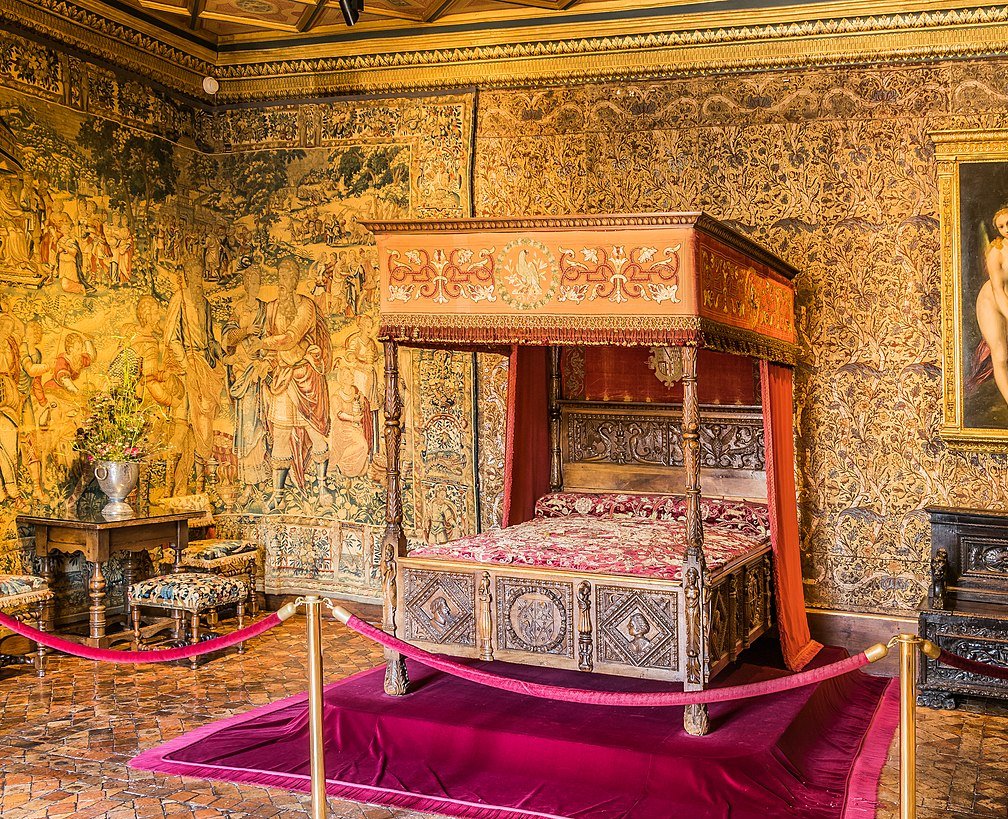 Krzysztof Golik, CC BY-SA 4.0, Wikimedia Commons
Krzysztof Golik, CC BY-SA 4.0, Wikimedia Commons
11. She Lost Control
Catherine, acting on Charles’ behalf, had done what she could to bring peace between the Catholics and the Huguenots. What she couldn’t do was control the Guise brothers. Their next move was to lead an assault on the town of Vassy, where the Huguenots had their meeting place. By the end of it, 50 more Huguenots lay dead.
Of course Charles’ name was attached to all this bloodshed—and the Huguenots were going to seek their revenge.
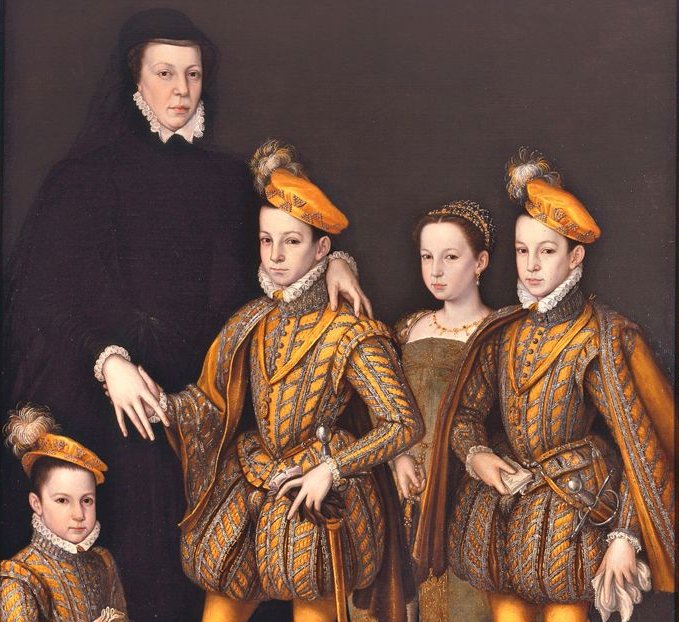 François Clouet, Wikimedia Commons
François Clouet, Wikimedia Commons
12. He Stepped Up
After the carnage in Vassy, you can imagine the tension between the Catholics and the Protestants. Inevitably a battle broke out between the two sides, which became known as the French Wars of Religion. It was during this turbulent time that Charles stepped up to his job as king and took control from his mother.
This was in 1563, and Charles was just 13 years old. It was an incredibly dangerous time to be a boy king. Was he ready for it?
13. He Went On Tour
One of the first things that Charles did as king was to take a trip. In 1564, he and his mother toured France, so Charles could get a good look at what his country looked like. Well, it didn’t look very good: Religious battles were still being fought all across his kingdom.
During this trip, Charles decided it was time to make his mark as king.
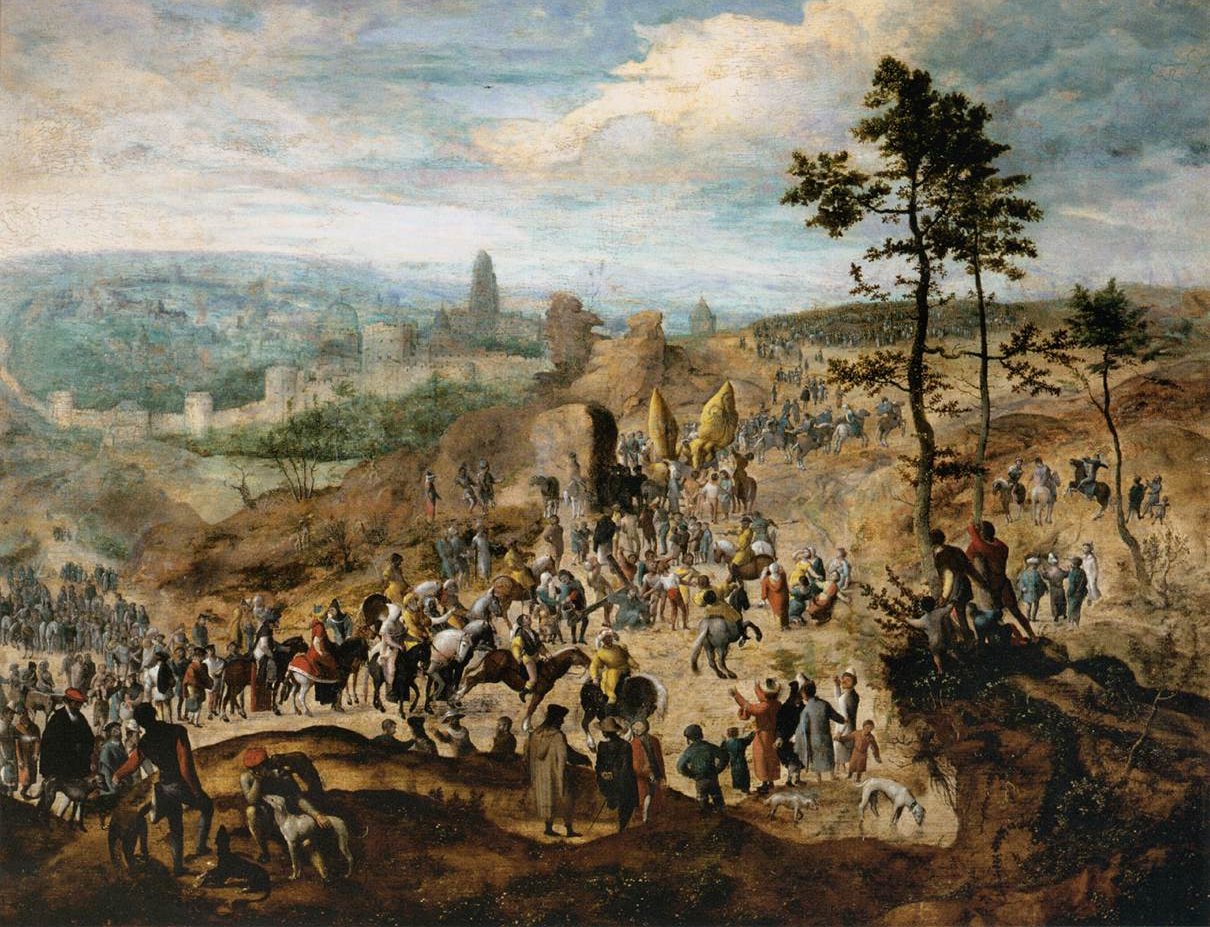 Louvre Museum, Wikimedia Commons
Louvre Museum, Wikimedia Commons
14. He Changed the Calendar
While touring France, Charles noticed that not everyone in the country agreed what the first day of the year was. Some thought it was Christmas Day and others thought it was around Easter. Charles didn’t like this, so he declared that the first day of the year would be January 1 for everyone in France.
This was a fairly innocuous first step into politics—but there were much more bloody dealings coming Charles’ way.
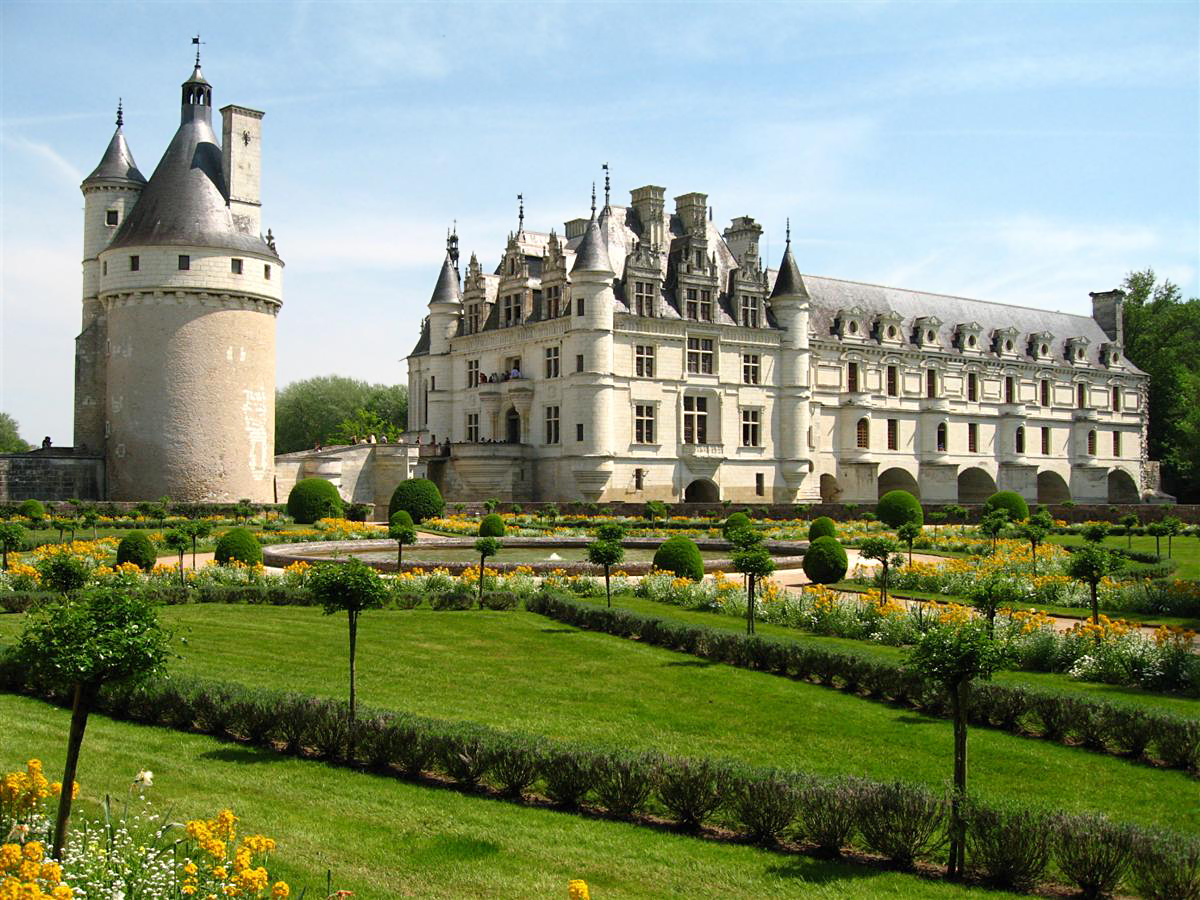 98octane, CC BY-SA 3.0, Wikimedia Commons
98octane, CC BY-SA 3.0, Wikimedia Commons
15. He Hired Guards
Over the years, the tension between the Catholics and the Huguenots continued to heat up. Because of this, in 1567 Charles hired Swiss mercenaries as his personal guards. But this wasn’t just a handful, this was 6,000 men to protect him. The Huguenots became suspicious, wondering why the king suddenly needed all this extra protection.
They made an assumption—and it set off a terrible storm.
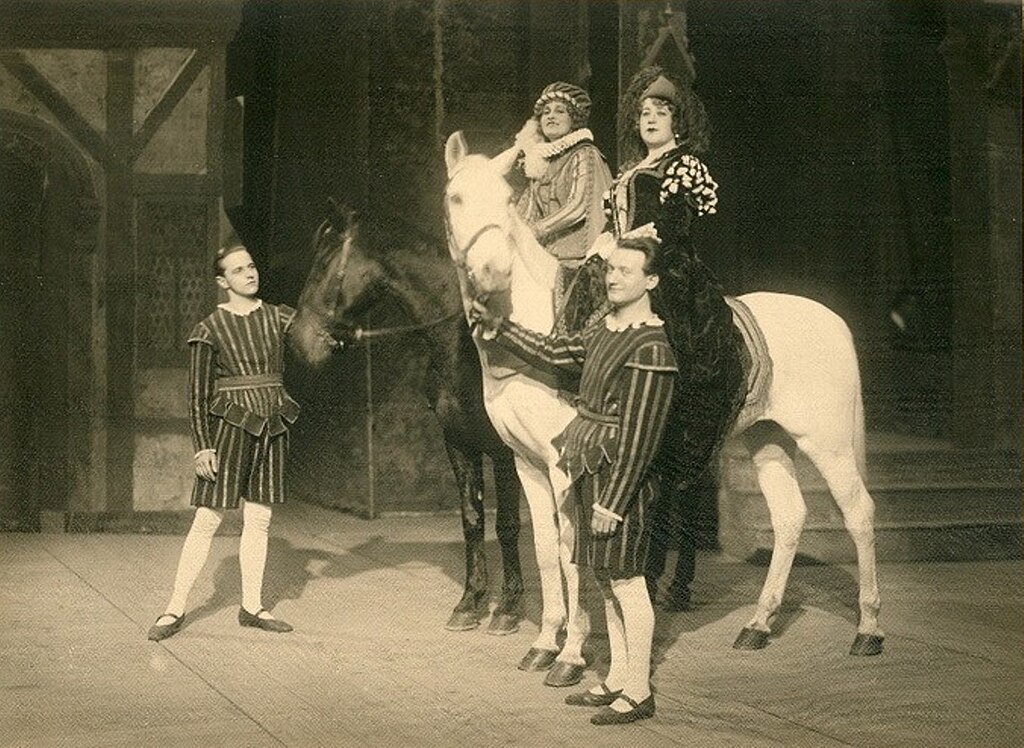 Pál M. Vajda, Wikimedia Commons
Pál M. Vajda, Wikimedia Commons
16. They Planned Their Strike
The Huguenots assumed that Charles was planning some sort of strike, so they decided to be proactive. To stop it, they planned to abduct the young king while he was visiting the town of Meaux. The Huguenots quietly assembled their men, but they weren’t quite quiet enough: Charles found out about the Huguenots’ plan.
He had to act fast or face dire consequences.
17. It Was Fight Or Flight
The first thing Charles’ court did was to try and get those Swiss mercenaries to Meaux as quickly as possible. As it turned out, they wouldn’t get there on time. Charles had to make a decision. Should he and his court stay in Meaux and fight or flee to Paris? Either choice could spell disaster for Charles.
In the middle of the night, Charles and his court threw the dice.
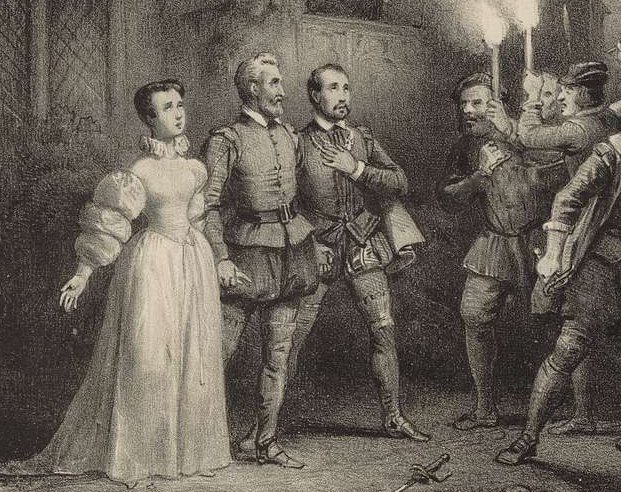 Bibliothèque nationale de France, Picryl
Bibliothèque nationale de France, Picryl
18. There Was A Chase
Charles and his court decided to flee to Paris. The Huguenots didn’t see this coming, and they scrambled to organize a pursuit. In the meantime, the Swiss mercenaries had arrived. The chase was on, and it was quite one-sided. The Swiss mercenaries easily beat down the poorly organized Huguenots, and Charles arrived safely in Paris.
The Huguenots had lost—but they planned a quick and bloody revenge.
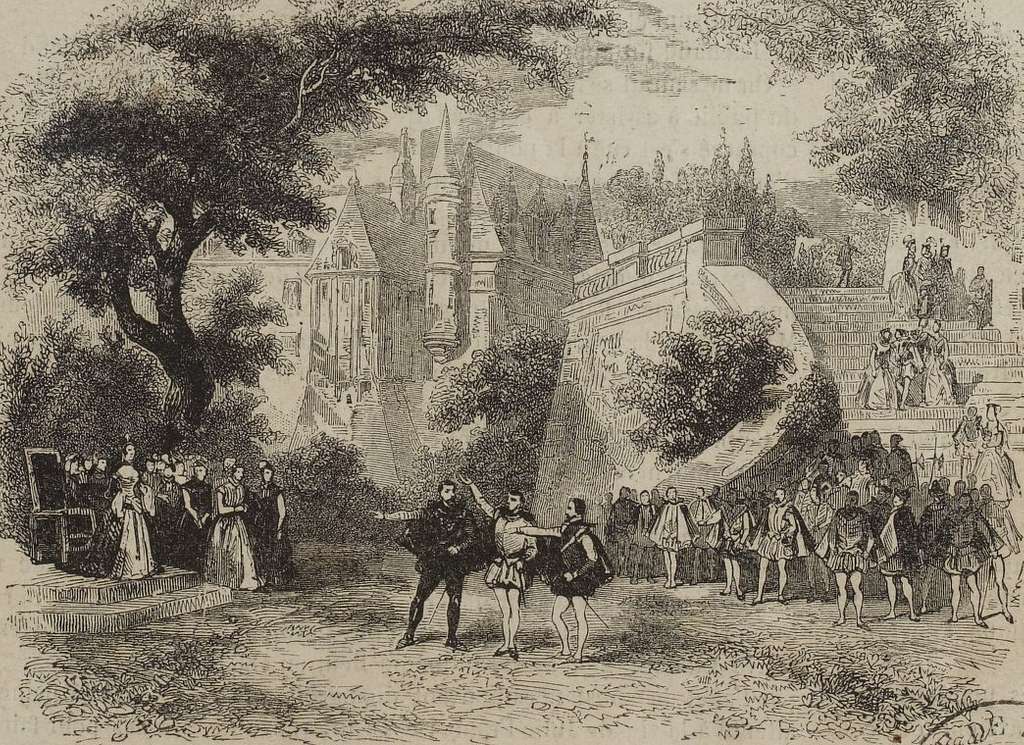 Bibliothèque nationale de France, Picryl
Bibliothèque nationale de France, Picryl
19. He Was Surrounded
Angry about their failed attempt to abduct Charles, the Huguenots descended on the city of Nimes. Here they brutally slaughtered 18 Catholics, mostly priests and monks. They then surrounded Paris, burning down windmills and pillaging Catholic churches.
The Protestants had a plan, and it was going to be very disastrous for King Charles and the people of Paris.
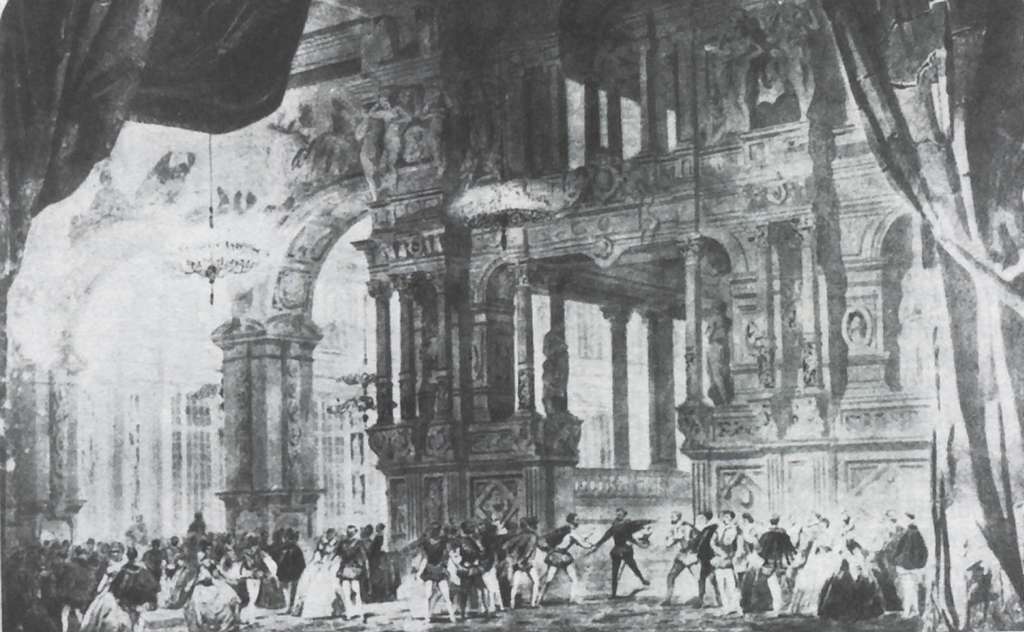 Bibliothèque nationale de France, Picryl
Bibliothèque nationale de France, Picryl
20. There Would Be No Food
The Huguenots’ evil plan was to cut off the supply of food to Paris, forcing Charles to either surrender or watch his people starve. To do this, the Huguenots captured several towns around Paris—especially the ones that provided food for the capital.
Charles and his people saw that they were in trouble—but this young king had a surprisingly cunning plan.
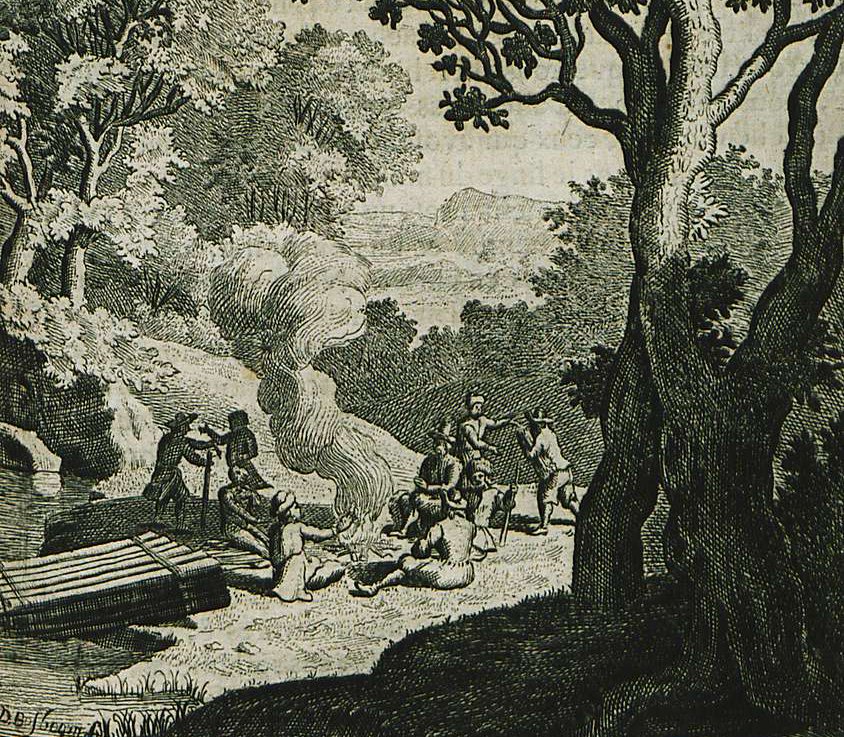 Struys Jan Janszoon, Getarchive
Struys Jan Janszoon, Getarchive
21. He Tricked Them
Charles’ new tactic was to send in negotiators. Charles sent three men to negotiate with the Huguenots—but not everything was as it seemed. You see, Charles was simply buying time. While the men pretended to negotiate, Charles’ forces were getting ready. It was going to be a battle royale.
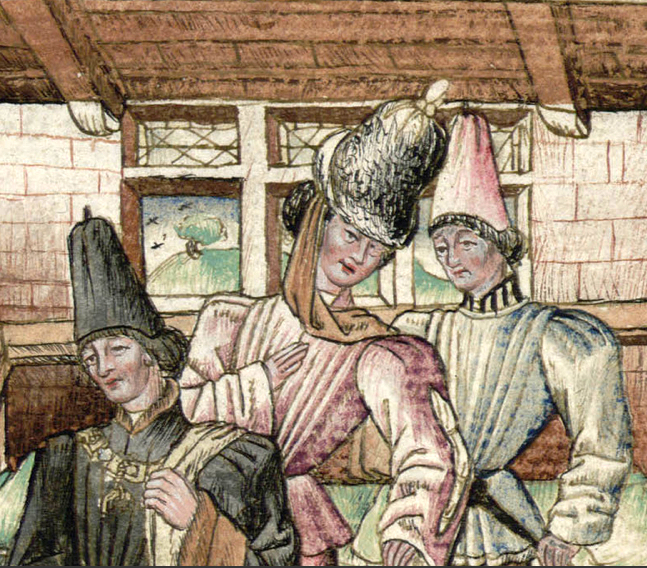 Municipal libraries of Grenoble, Picryl
Municipal libraries of Grenoble, Picryl
22. He Came Out On Top
The Huguenots soon realized that Charles had tricked them and the battle began. When the dust had cleared, it was Charles and the Catholics who came out on top. The Huguenots fled to the east, where they would try to regroup.
Of course Charles had to get ready for yet another Huguenot revenge.
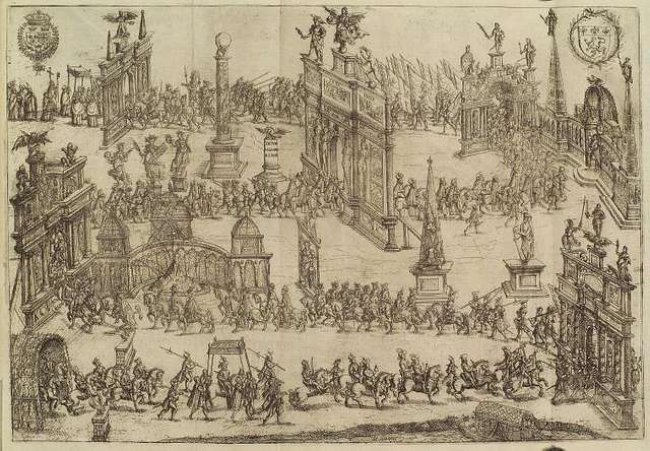 New York Public Library, Getarchive
New York Public Library, Getarchive
23. He Took Them Back
Charles and the Catholics had won the battle, but Charles was not one to hold a grudge. He offered the Huguenots some concessions, which he called the Peace of Longjumeau. But it was all a ruse.
Not long after granting the concessions, Charles double crossed his enemies and took them back again. The Huguenots were angrier than ever, and the situation seemed to be back to square one.
But Charles had more reason to fear the Huguenots than he realized.
24. It Got Bigger
France had enemies outside its borders too, and suddenly, the Huguenots gained support from England, the Dutch Republic, and the Kingdom of Navarre. But don't worry: When France’s neighbors saw this, they got nervous and decided to back France. This was Tuscany, Spain, and the Pope himself.
This battle between French citizens had suddenly gone international—and Charles IX, still not 20 years old, was trapped in the middle of it.
25. They Had No Money
One thing that Charles and his kingdom didn’t have was a lot of cash. All this fighting cost money, and as Charles's treasury dwindled, he was running out of time. He began peace negotiations once more, and this time it seemed to work: In August of 1570, they signed yet another peace treaty.
The hope was that this time it would last. Charles, now a strapping young man, took advantage of this lull in the action to try a little romance.
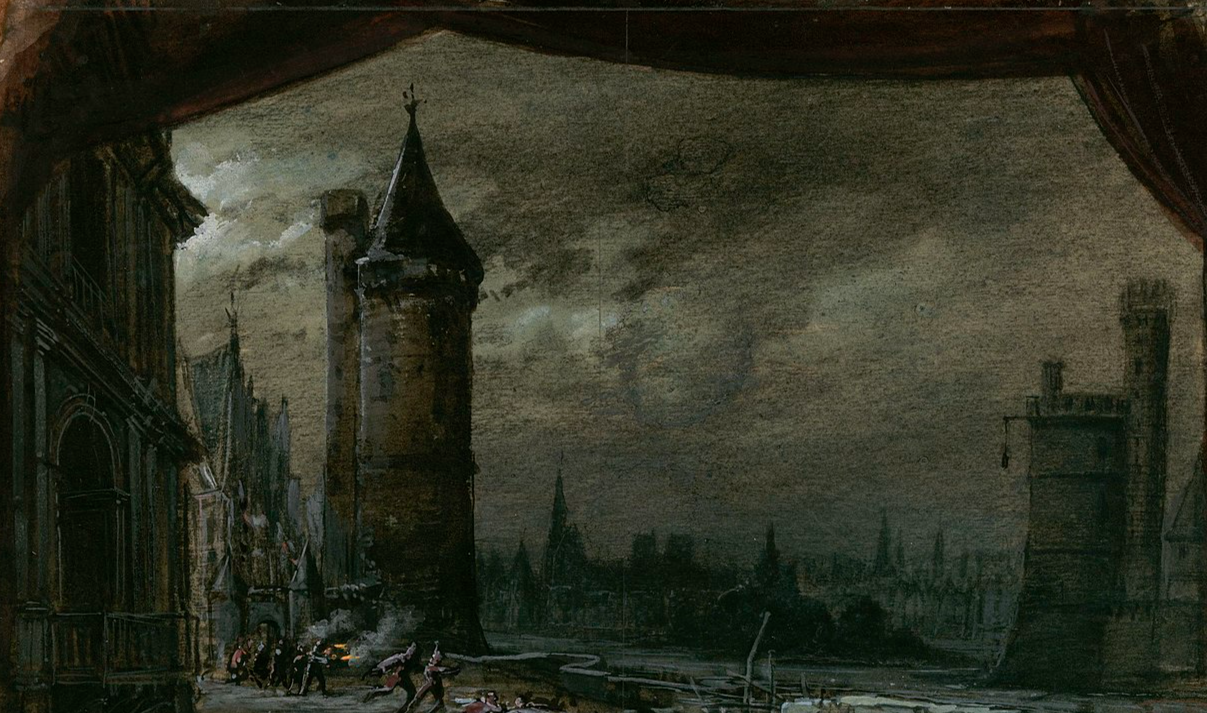 Philippe Chaperon, Wikimedia Commons
Philippe Chaperon, Wikimedia Commons
26. It Was His Mother’s Idea
A few months after signing the peace treaty, Charles had romance on his mind. Well, it wasn’t actually on his mind, it was on his mother’s. You see Catherine had a plan. She wanted Charles to marry a Catholic, just to keep the Huguenots in their place. Catherine had her eye on Elisabeth of Austria.
The big question was whether Elisabeth had any interest in Charles.
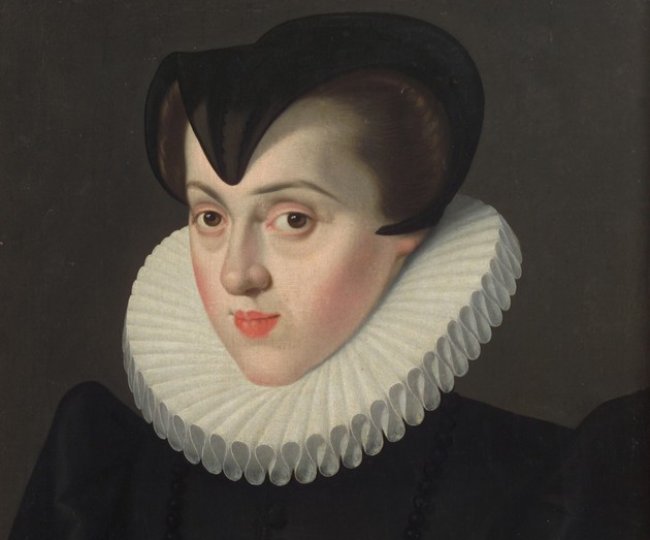 Jakob de Monte, Wikimedia Commons
Jakob de Monte, Wikimedia Commons
27. He Was Lucky
As it turned out, Elisabeth had a few other offers on the table. There was Frederick II of Denmark and Portugal’s Sebastian. Well, lucky for Charles neither of these offers panned out, so they decided that Charles and Elisabeth would marry. The ceremony took place on October 22, 1570 in Speyer Cathedral in Germany.
When the day eventually arrived, guests at the ceremony couldn’t help but notice one glaring omission.
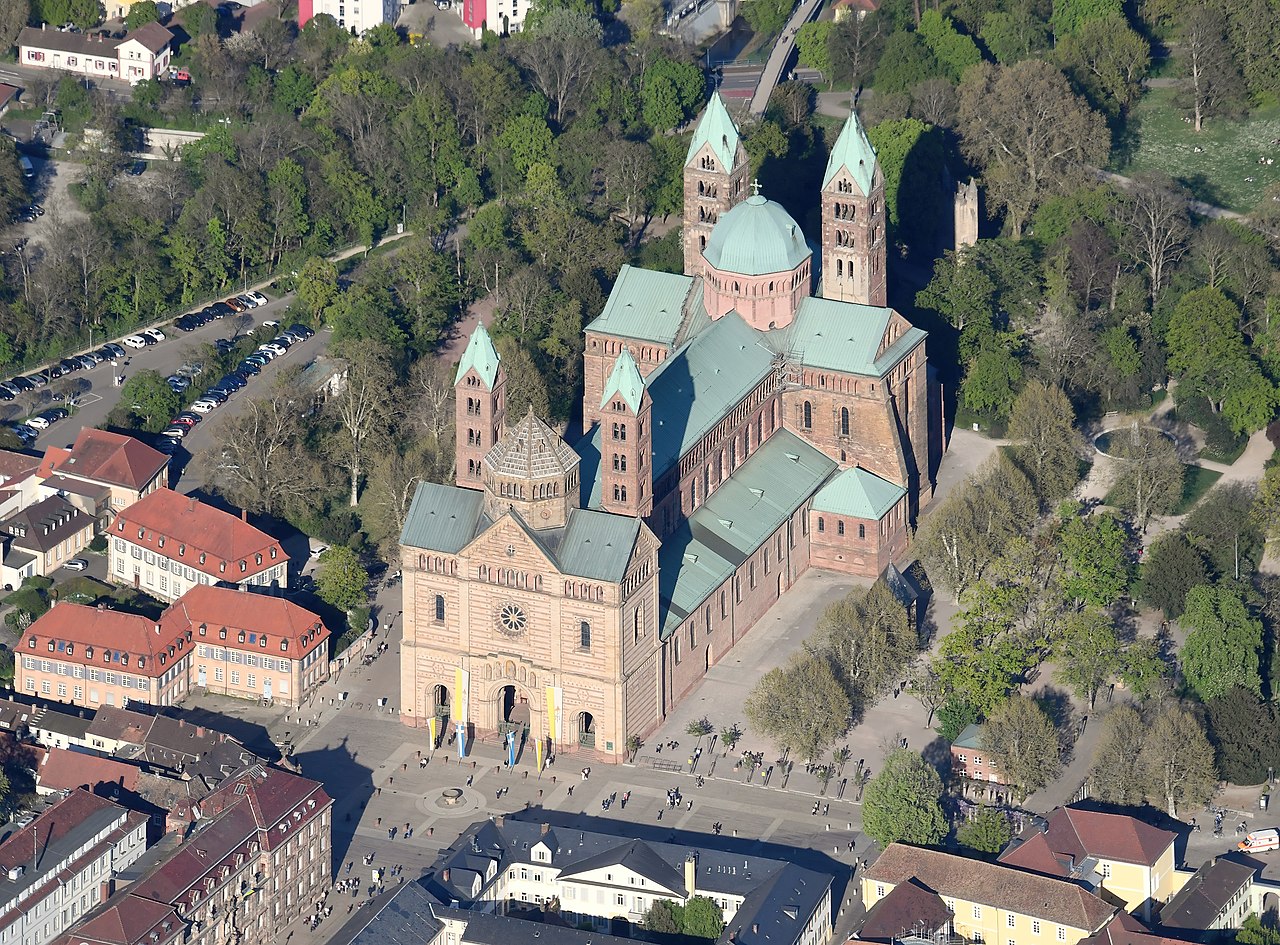 Carsten Steger, CC BY-SA 4.0, Wikimedia Commons
Carsten Steger, CC BY-SA 4.0, Wikimedia Commons
28. He Was Missing
If the guests at the wedding were hoping to see bride and groom standing before them, they were out of luck. There was the blushing bride, but standing next to her was...her uncle. Charles was busy with his kingly duties, and so Elisabeth had to marry him by proxy. In fact, Charles and Elisabeth hadn't even met yet.
Fate seemed determined to keep them apart.
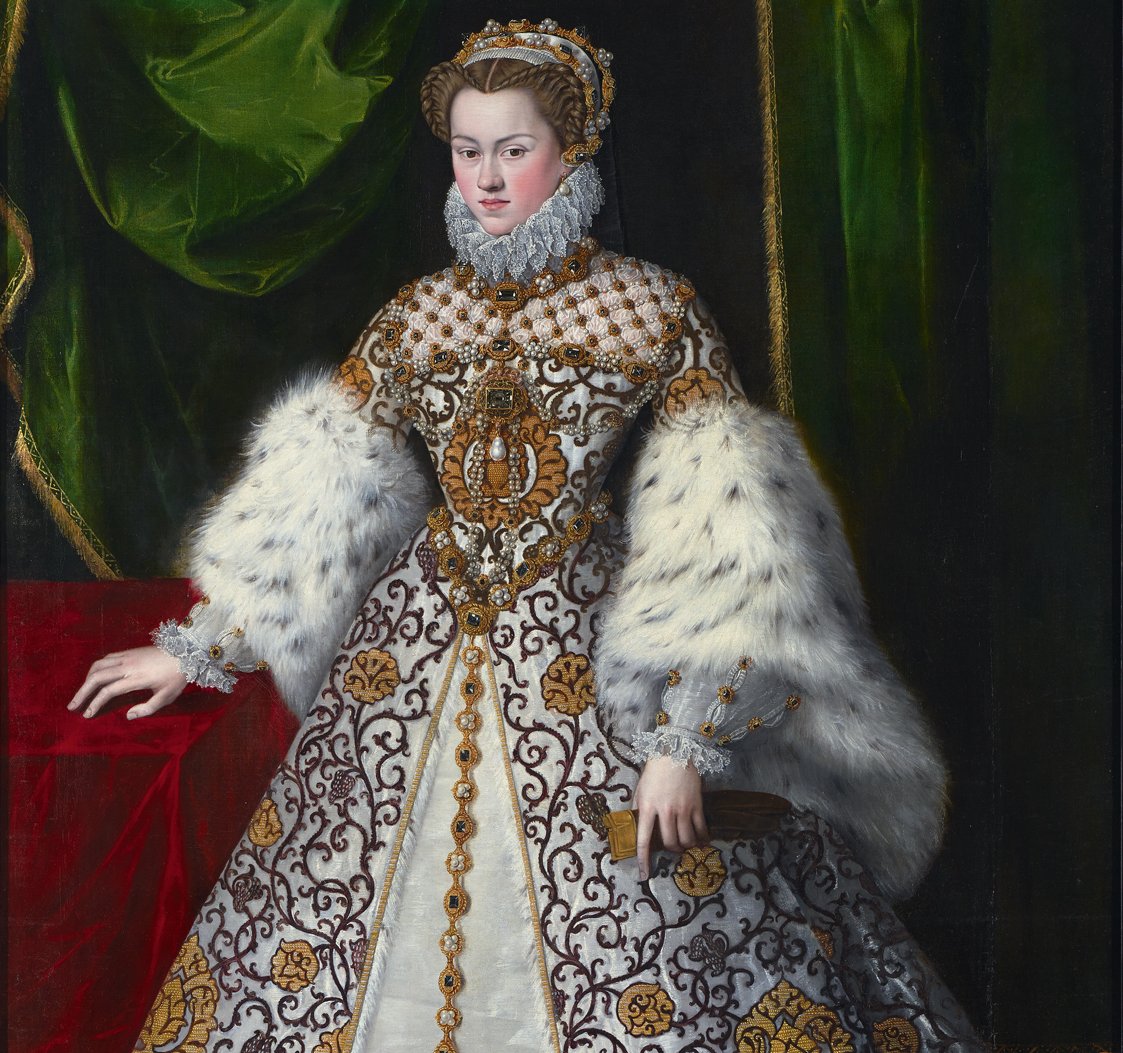 Jooris van der Straaten, Wikimedia Commons
Jooris van der Straaten, Wikimedia Commons
29. She Got Stuck
The plan was for Charles and Elisabeth to meet up in France and have a proper wedding with both of them in attendance. On her way to meet Charles, however, Elisabeth experienced some bad weather. The heavy rain had made the roads impassable. Elisabeth got as far as a place called Sedan and had to stop.
It seemed like Charles would never meet his new bride.
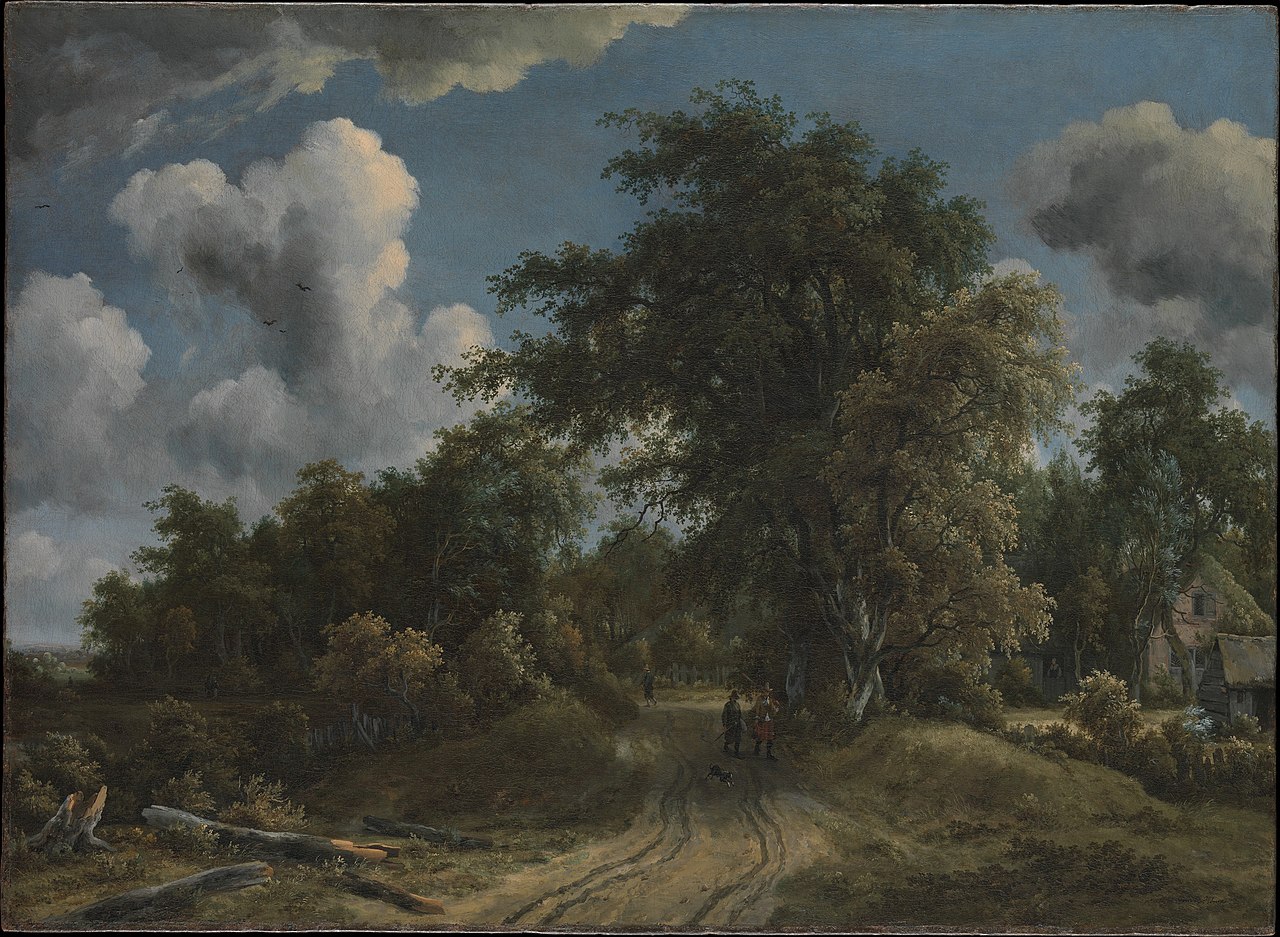 Meindert Hobbema, CC0, Wikimedia Commons
Meindert Hobbema, CC0, Wikimedia Commons
30. He Had A Scheme
Once Charles knew where Elisabeth was, he devised a little scheme. You see, he didn’t want to just meet his wife; he wanted to see her before he met her. Charles’ brothers were entertaining Elisabeth in Sedan, and Charles arrived wearing a clever disguise. He secretly watched as his brother showed Elisabeth some architecture.
It was Charles’ first glimpse of his wife, and he had no idea what to expect.
 Léonard Patakreppe, CC BY-SA 4.0, Wikimedia Commons
Léonard Patakreppe, CC BY-SA 4.0, Wikimedia Commons
31. They Partied
The reports of Charles’ opinion of Elisabeth were outstanding. He was apparently “delighted with the sight of her”. Charles happily attended the second wedding on November 26, 1570, and the cash-strapped royal family didn’t hold back on the festivities.
The couple seemed to be genuinely pleased with each other—but this led to some bizarre behavior.
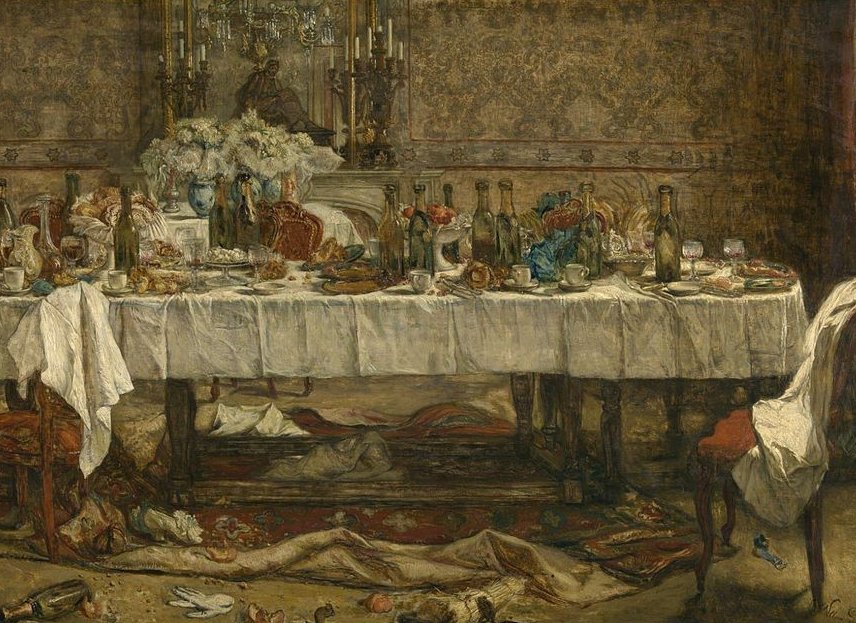 Willem Linnig Junior, Wikimedia Commons
Willem Linnig Junior, Wikimedia Commons
32. She Expressed Herself
Nowadays, public displays of affection are pretty common, but back in those days people kept their hands and lips more to themselves. Not Elisabeth. She was still a teenager, and when she had the impulse to give her husband a kiss, she did. Members of the court found this behavior bizarre—but also kind of cute.
On the outside they looked like the perfect couple, but there was also a dark side to this marriage.
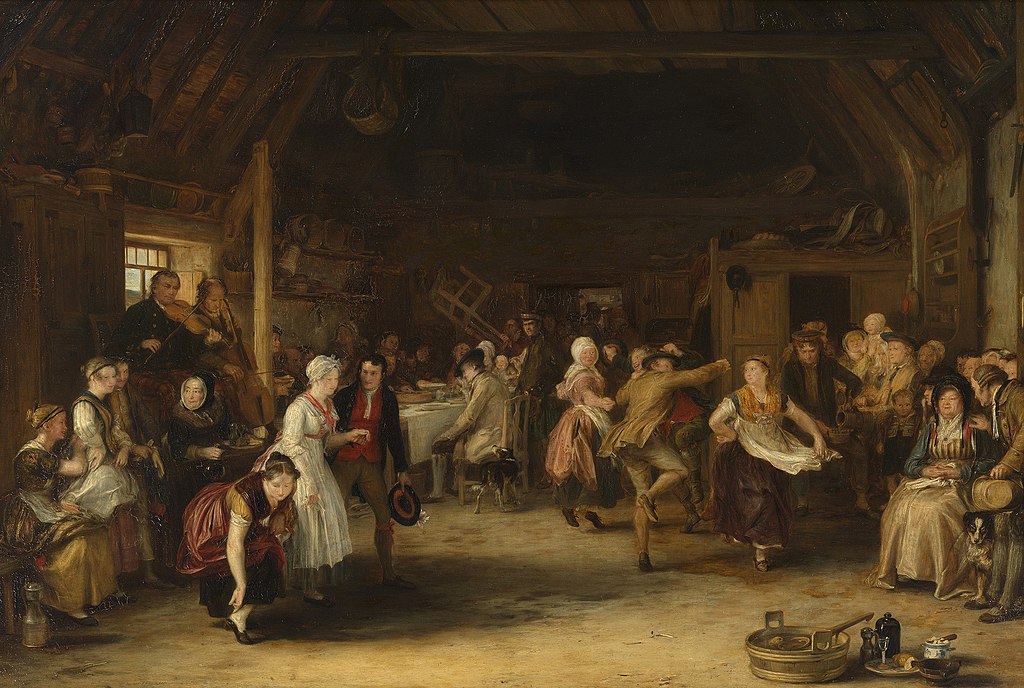 David Wilkie, Wikimedia Commons
David Wilkie, Wikimedia Commons
33. He Had One On The Side
Elisabeth’s behavior amused Charles, but not enough to make him faithful. You see, Charles already had a mistress. She was Marie Touchet, whose name was an anagram for “I charm all”. Touchet understood that Charles’ marriage to Elisabeth was just politics and famously said: “The German girl doesn’t scare me”.
Even though Charles had wed Elisabeth, he was soon back in the arms of Touchet. This wasn’t the only thing about French life that shocked Charles’ wife.
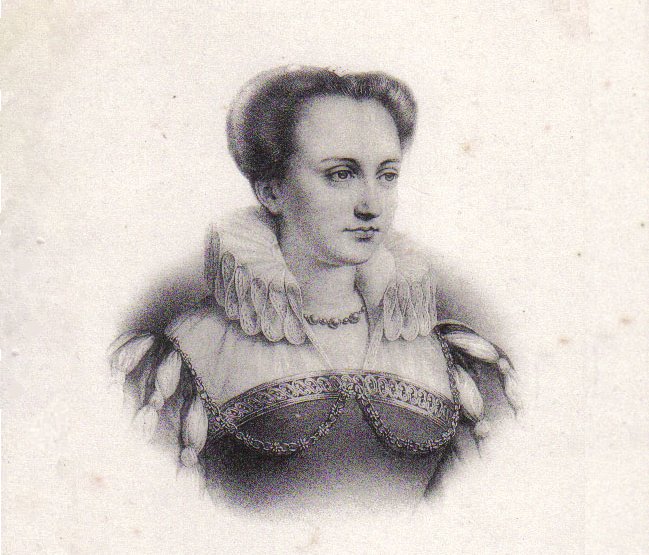 Unknown Artist, Wikimedia Commons
Unknown Artist, Wikimedia Commons
34. He Protected Her
Coming from Austria, Charles’ bride was a little naive about the hedonistic ways of the French. Charles and his mother decided it would be best if they kept some of the more saucy aspects of court life in France a secret from young Elisabeth. In practise, they just isolated this young, foreign girl from anyone.
This led to some very lonely times for Elisabeth, but it didn’t stop her from getting pregnant.
35. He Needed A Boy
On October 27, 1572, Charles and Elisabeth became parents. The baby was a girl and they called her Marie Elisabeth. Of course, for an heir to the throne, a son would have been much better. Ironically, it was his mistress who would eventually give him a boy—but this illegitimate child could never become king.
Besides romance, Charles was also involved in a bromance.
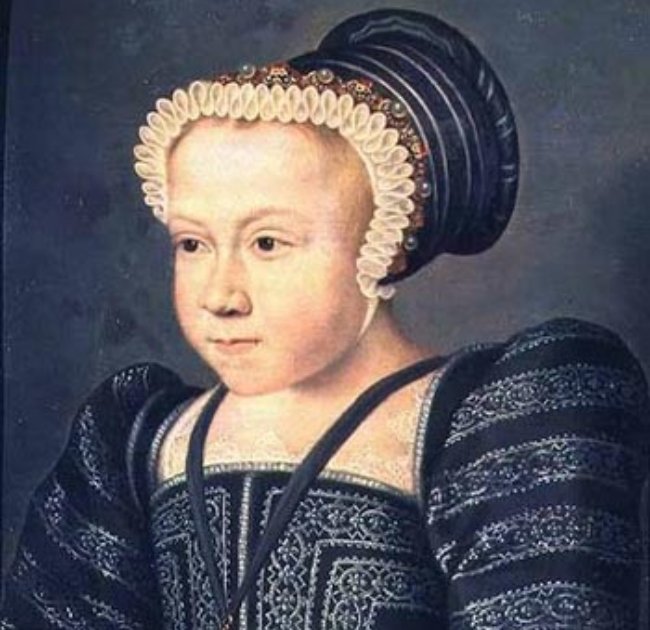 Unknown Artist, Wikimedia Commons
Unknown Artist, Wikimedia Commons
36. He Made A Dangerous Friend
Around this same time, Charles was under the influence of someone quite dangerous. This was Gaspard de Coligny, the leader of the Huguenots. These were the same Huguenots who had tried to abduct Charles, and the same ones who were violently anti-Catholic.
It looked as though Charles was metaphorically sleeping with the enemy. Well, his dear sister was about to do this “non-metaphorically”.
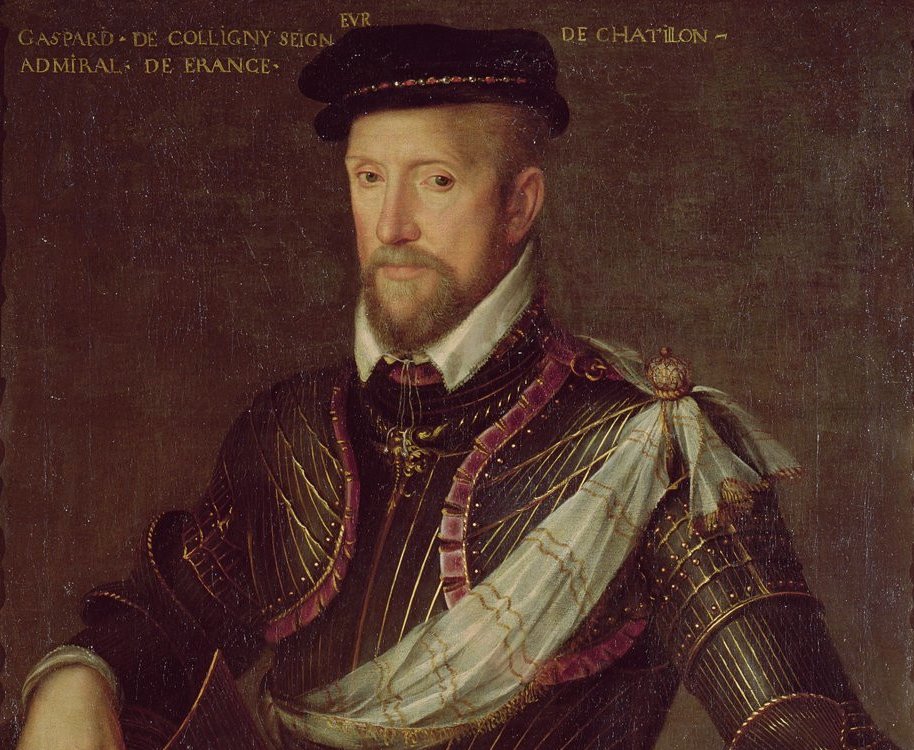 Unknown Artist, Wikimedia Commons
Unknown Artist, Wikimedia Commons
37. He Planned A Wedding
To bring the Catholics and Protestants even closer together, Charles’ sister was about to marry a Huguenot. This was Henry of Navarre, and Charles and his mother Catherine were the ones who organized it. You see, they had a plan. They wanted to end the conflict between the Catholics and the Protestants and they thought a wedding would do it.
Boy, were they wrong about that.
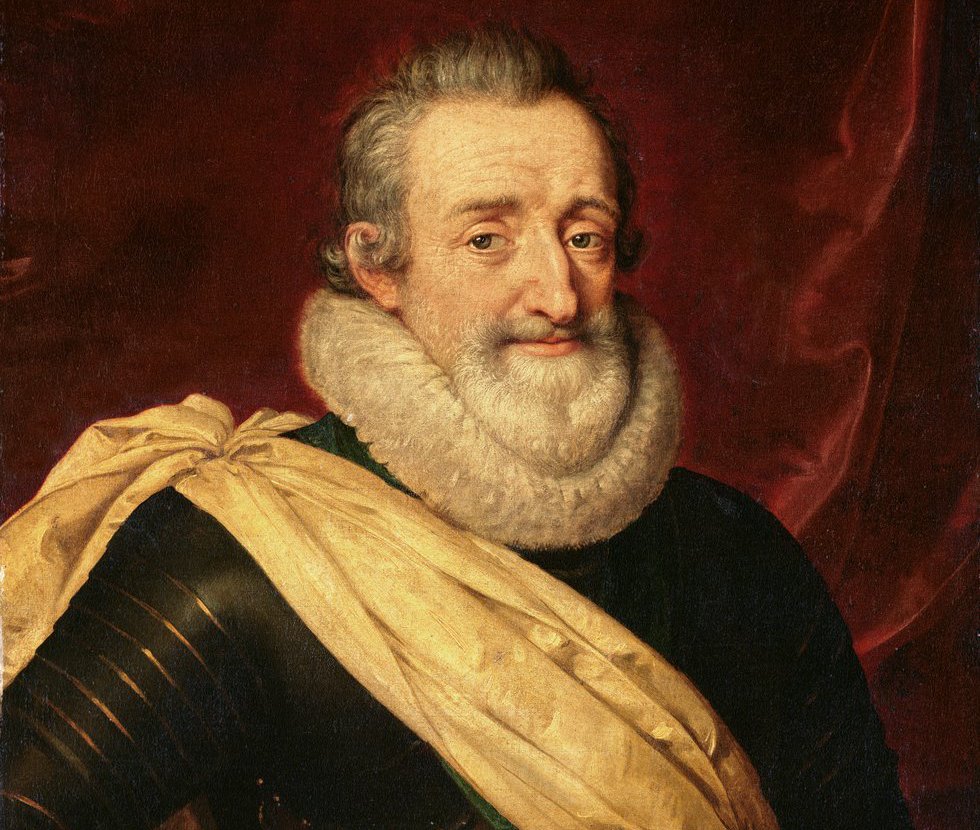 Frans Pourbus the Younger, Wikimedia Commons
Frans Pourbus the Younger, Wikimedia Commons
38. Tensions Were High
When the wedding day arrived, Paris was full of both Catholics and Protestants and tensions were running high. The actual wedding went off without a hitch, but four days after the ceremony, there was an attempt on Coligny’s life. No one took responsibility for it, but it certainly cranked up the tension in the city.
It was a powder keg about to go off, and Charles had no idea what to do about it.
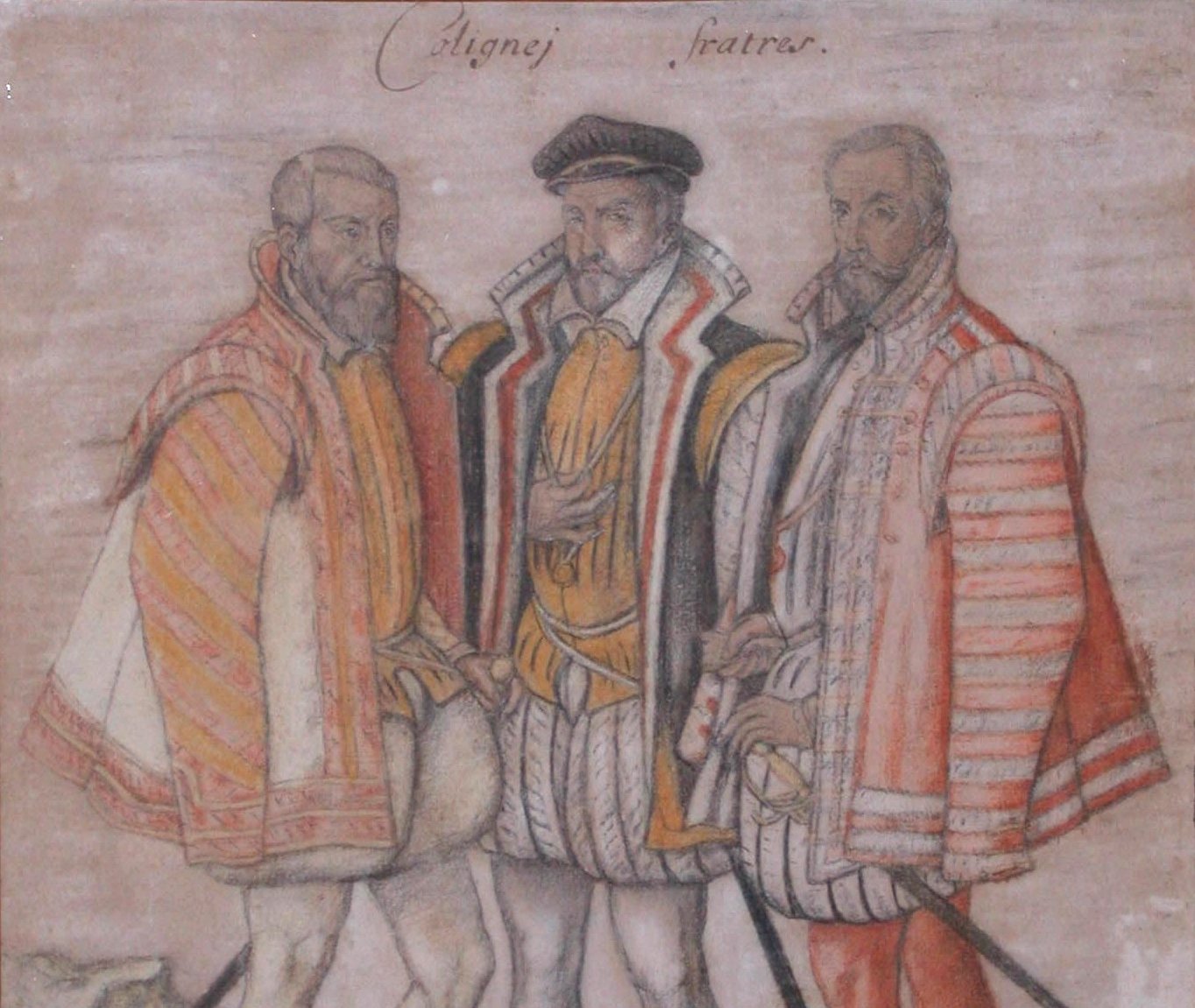 Condé Museum, Wikimedia Commons
Condé Museum, Wikimedia Commons
39. They Made A Plan
On August 23, Catherine came to Charles to discuss what to do about the Huguenots. It’s not exactly clear whose idea it was, but their joint decision drastic: Wipe out all of the Protestant leaders. This meant between two and three dozen men. To accomplish this, the mother and son team came up with an evil plan.
40. It Was A Bloody Night
That same night, Charles closed the gates of the city, so while they slept, the Huguenot leaders had become sitting ducks. Charles then sent his Swiss mercenaries out to do their bloody duty and they successfully snuffed out the Huguenot leaders. Charles’ friend Coligny was one of these Huguenots, and he got some very special treatment.
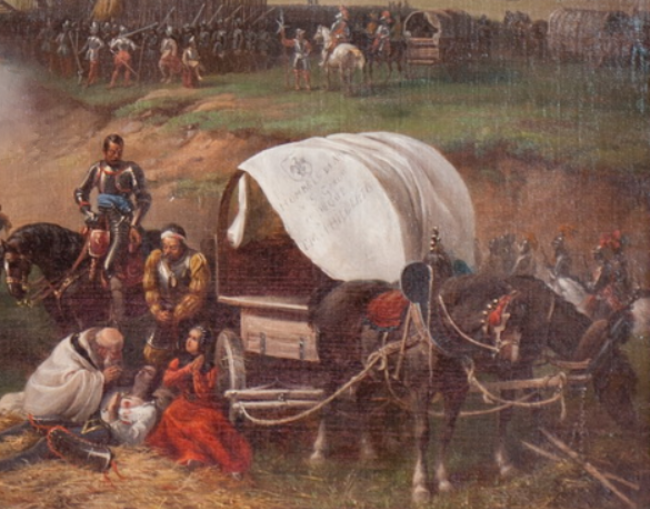 Massimo d'Azeglio, Wikimedia Commons
Massimo d'Azeglio, Wikimedia Commons
41. It Was Personal
One member of Charles’ court had a personal score to settle with Charles’ advisor—and Huguenot leader—Coligny. The Duke of Guise wanted to be the one to personally end Coligny’s life, because Coligny had taken his father’s. Then, when the Duke had snuffed out Coligny’s life, he coldly threw his body out into the streets.
What happened next defied all reason.
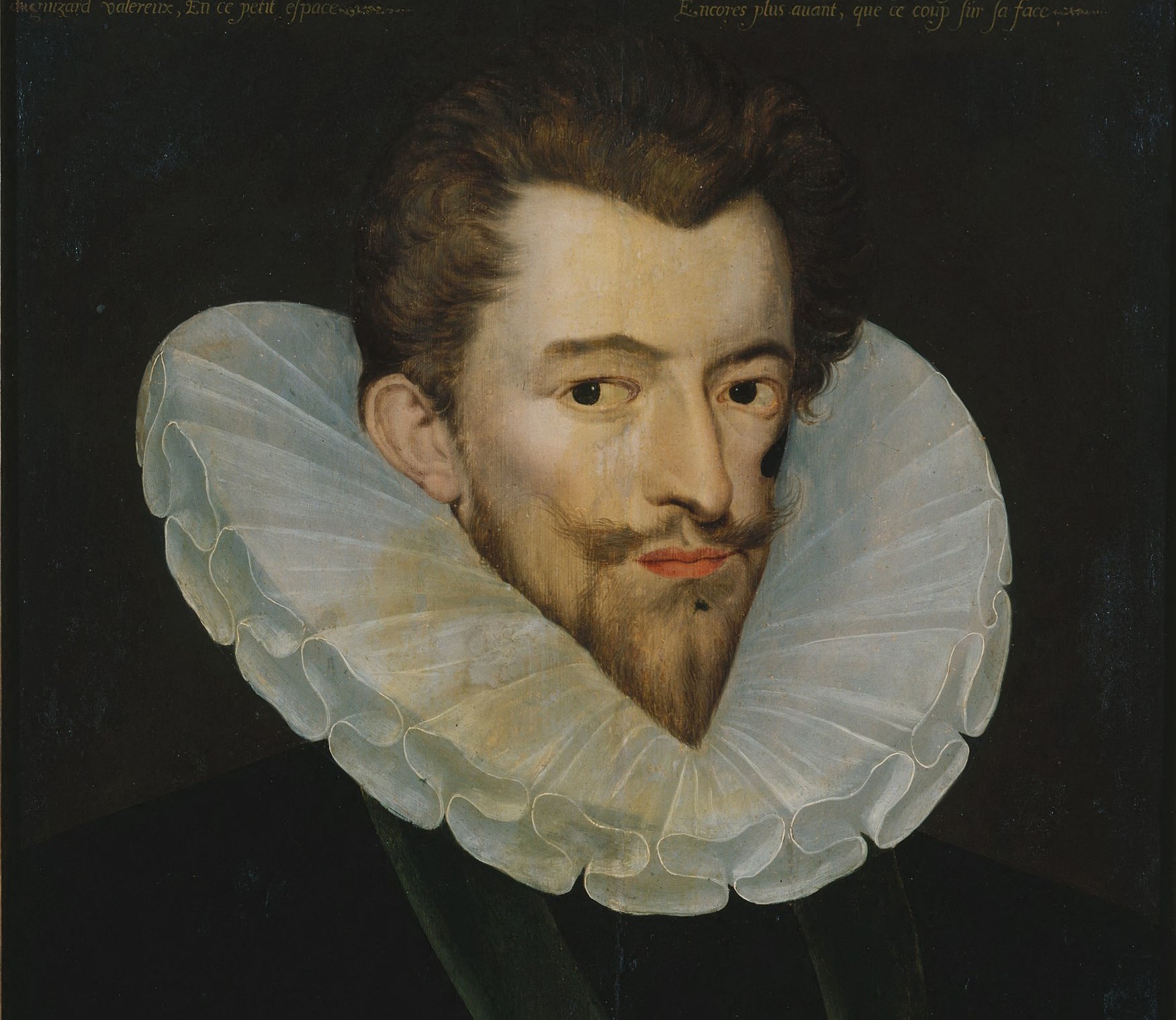 Musée Carnavalet, Wikimedia Commons
Musée Carnavalet, Wikimedia Commons
42. They Tasted Blood
When the Parisians saw Coligny’s lifeless body on the street, they did not recoil in horror —not in the least. In fact, people on the street joined in on the mayhem and, with pure hatred in their hearts, further mutilated Coligny’s body. Charles had given his citizens a taste of blood, and they just wanted more.
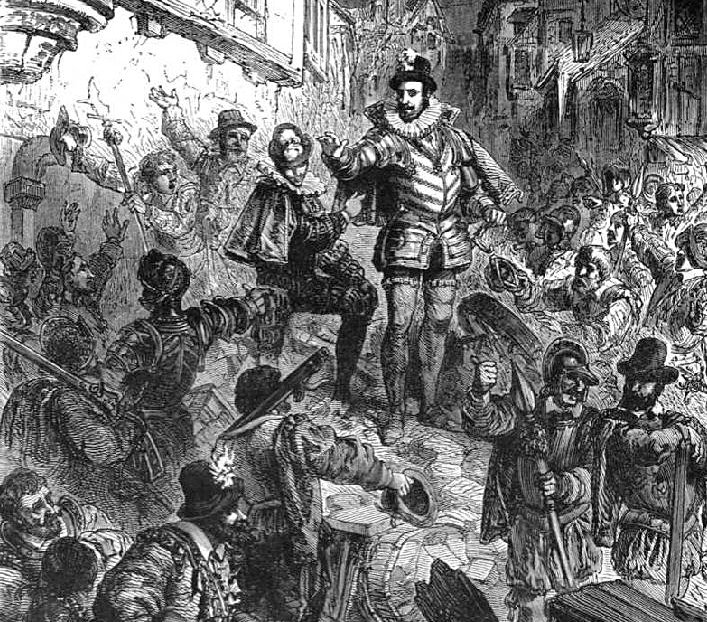 Paul Lehugeur, Wikimedia Commons
Paul Lehugeur, Wikimedia Commons
43. It Got Out Of Control
Charles’ plan had been to dispose of the Huguenot leaders, but he could not have seen where this would lead. Parisians were strict Catholics and filled with pure hatred for the Protestants. When they saw what their king had done, they decided to join in. Everyday citizens began to search everywhere for Protestants and when they found them, they showed no mercy.
Charles had started something brutal, and no one knew how to stop it.
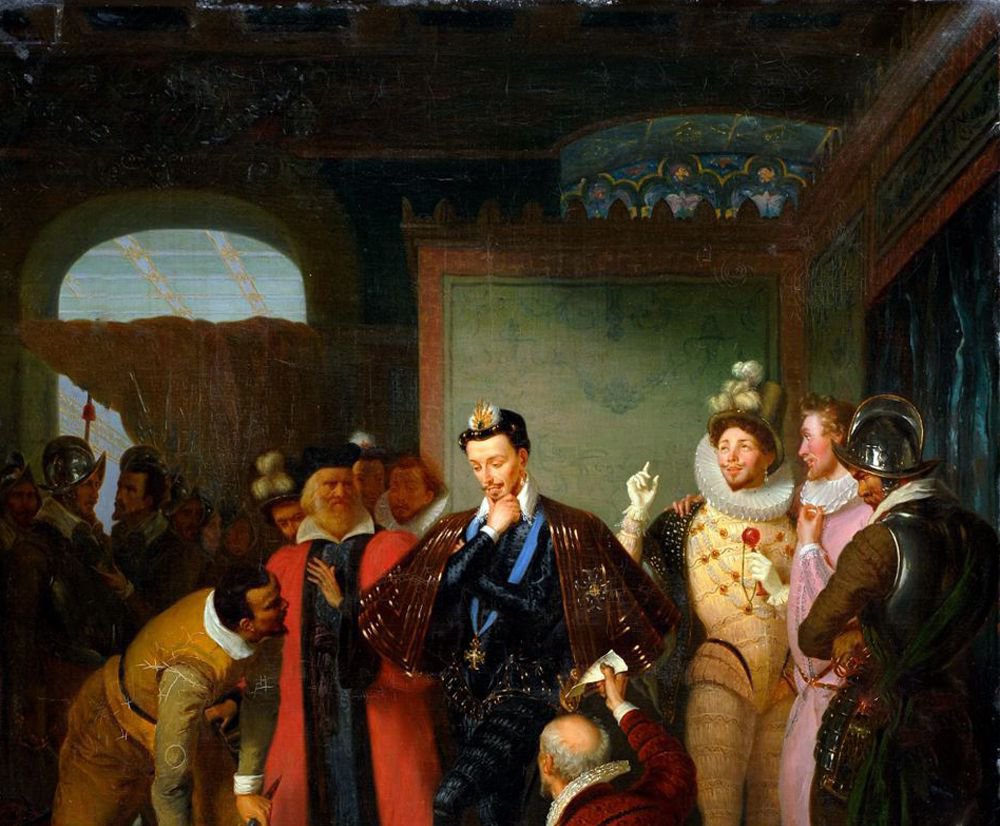 Charles Durupt, Wikimedia Commons
Charles Durupt, Wikimedia Commons
44. It Wasn’t His Plan
Charles was well aware of what his decision had started, and it horrified him. Catholic citizens were now acting like animals. The bodies were piling up and the Catholics started tossing them straight into the Seine. This had not been Charles’ plan at all. Charles went to make an appeal to Parliament.
One his way there, he seemed to forget what he was trying to do.
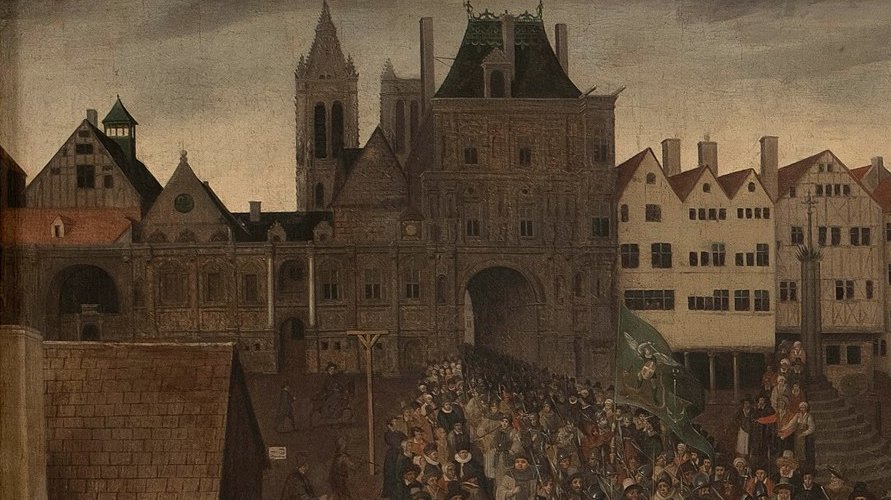 Unknown Author, Wikimedia Commons
Unknown Author, Wikimedia Commons
45. He Made No Sense
Charles wanted to stop the Parisian citizens from slaughtering the Protestants, so he went to Parliament. But what he said did nothing to stop them. He said that he had ordered the annihilation of the Huguenots, and he said he’d done it to protect the royal family.
The message he was sending out seemed to say that it was okay to wipe out the Protestants. Soon, the news spread to the rest of France.
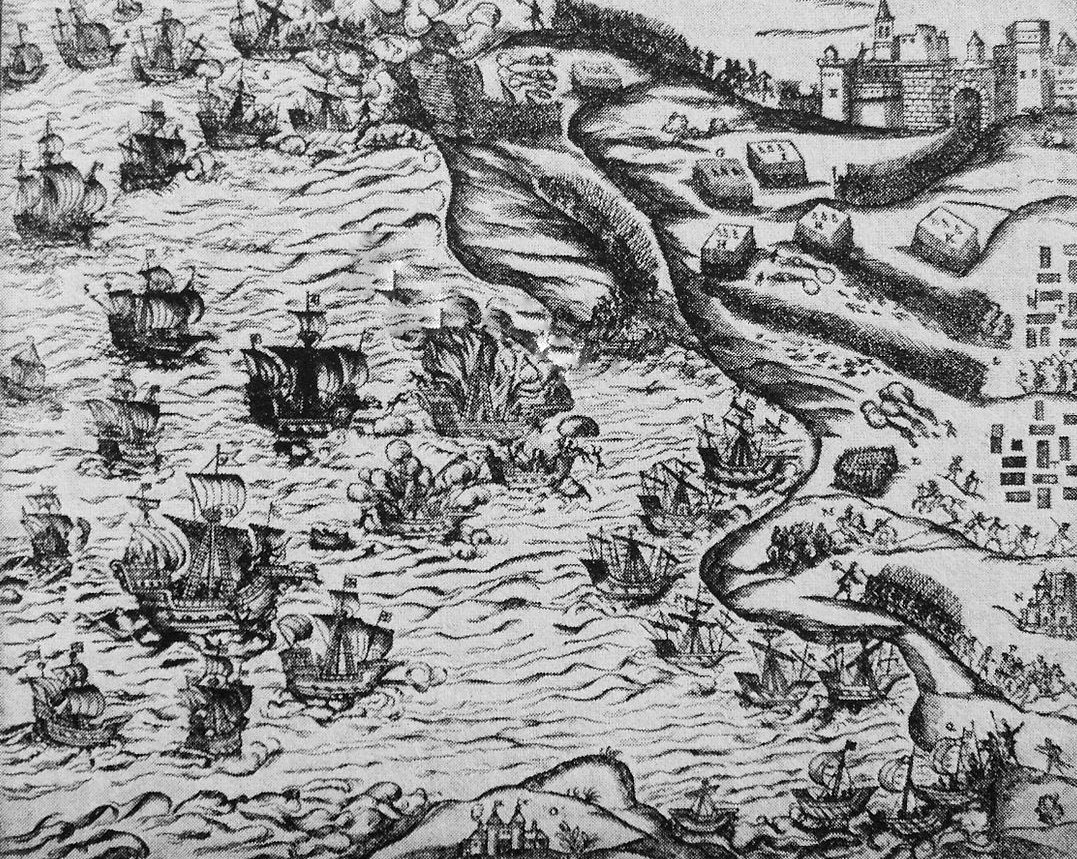 Unknown Artist, Wikimedia Commons
Unknown Artist, Wikimedia Commons
46. It Was Confusing
After his words to Parliament, Charles turned around and sent an order to the governors in the provinces. He unequivocally stated that they should stop the execution of the Protestants. Unfortunately, the people in provinces either didn’t receive Charles’ message or decided to ignore it.
Communications were all messed up, and Protestants dropping left, right, and center.
 Henri-Paul Motte, Wikimedia Commons
Henri-Paul Motte, Wikimedia Commons
47. They Lost A Lot
Following this gory spectacle, the Huguenot population had sharply decreased—but this wasn’t just through bloodshed. Some Huguenots, seeing the writing on the wall, decided it would be a good time to convert to Catholicism. The number of actual lives lost is uncertain. The estimates vary from 2,000 to as many as 30,000.
Charles saw what his actions had done, and it hit him hard.
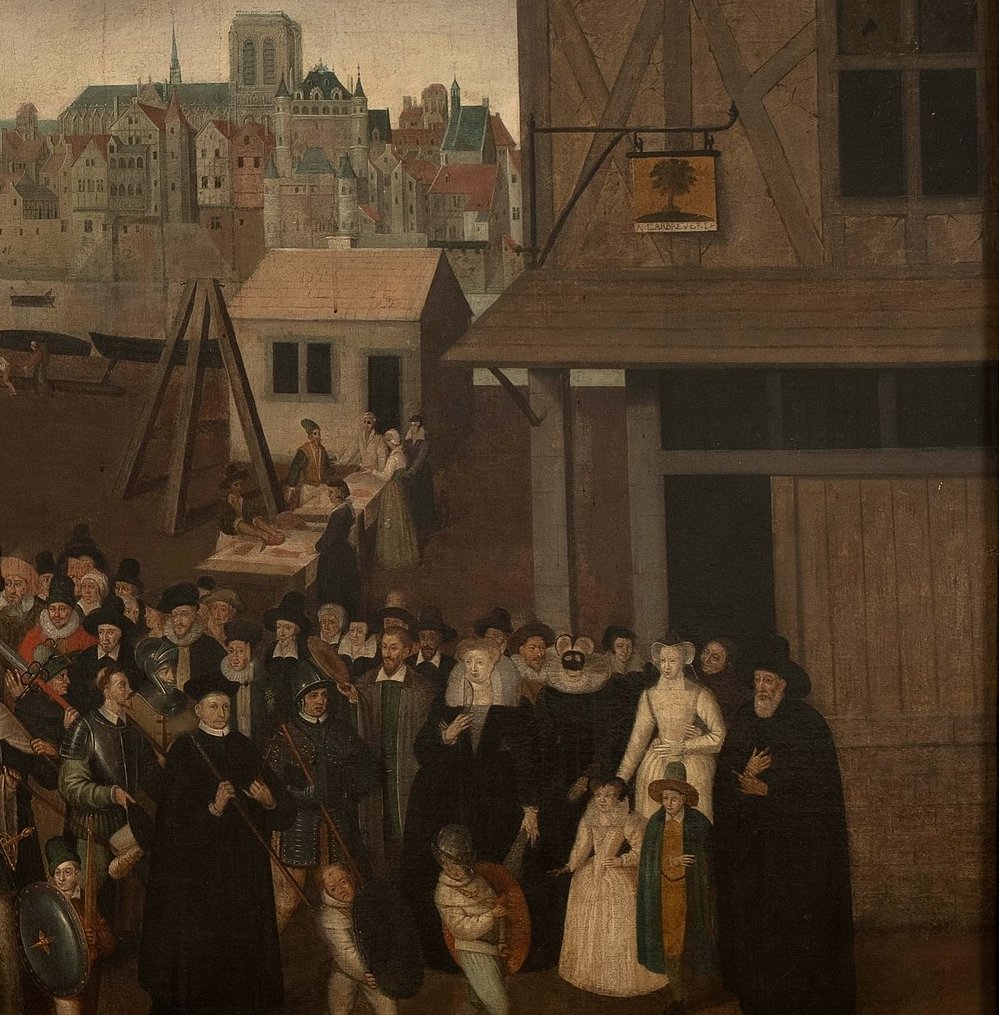 Unknown Author, Wikimedia Commons
Unknown Author, Wikimedia Commons
48. He Went Crazy
This bloody event received the name the St Bartholomew’s Day Massacre, and after it, Charles’ mental health deteriorated. At some times he would brag about the bloodbath, and at other times he would say he could still hear the screams of the Protestants as his men executed them. Clearly he needed someone else to blame.
Well, that someone was very close at hand.
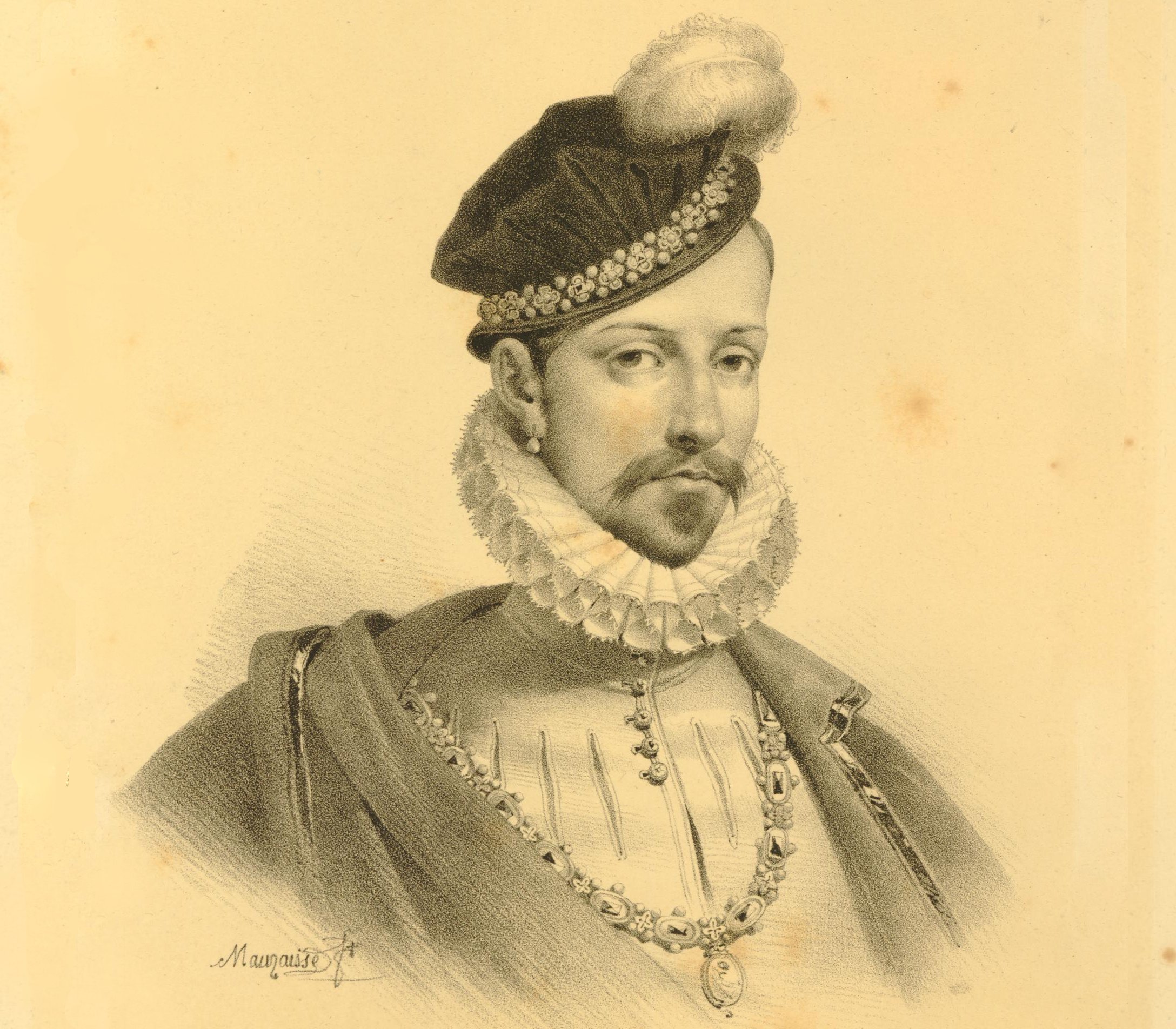 British Museum, Wikimedia Commons
British Museum, Wikimedia Commons
49. She Called Him Names
Catherine watched helplessly as her son’s moods swung from pride to extreme guilt. When he finally accused her of causing all the bloodshed, she simply said that her son was a lunatic. Clearly, Catherine felt little guilt for what had happened to the Huguenots. Her son, however, was about to pay the ultimate price for what he started.
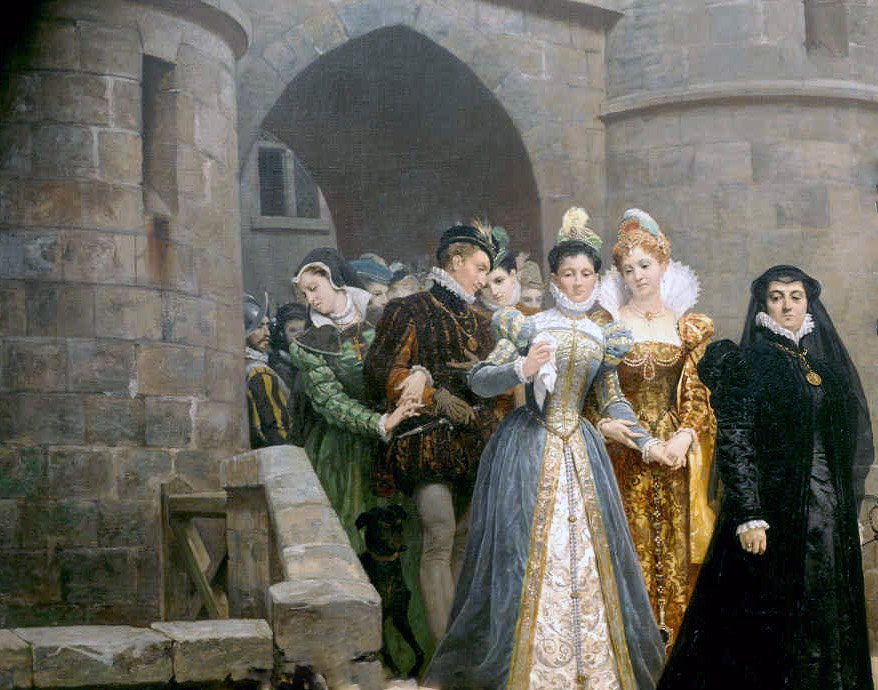 Édouard Debat-Ponsan, Wikimedia Commons
Édouard Debat-Ponsan, Wikimedia Commons
50. He Suffered
Charles’ mental health was certainly an issue, but so was his physical health. Charles suffered from tuberculosis, and his overwhelming guilt was just making it worse. His coughing fits became more severe, and sometimes even bloody. On May 30, 1574, 23-year-old King Charles IX was no more. Catherine had lost yet another son.
Luckily, she still had one or two more to take the precarious position of the King of France. Did they fare any better? That's for you to decide.
 François Clouet, Wikimedia Commons
François Clouet, Wikimedia Commons

